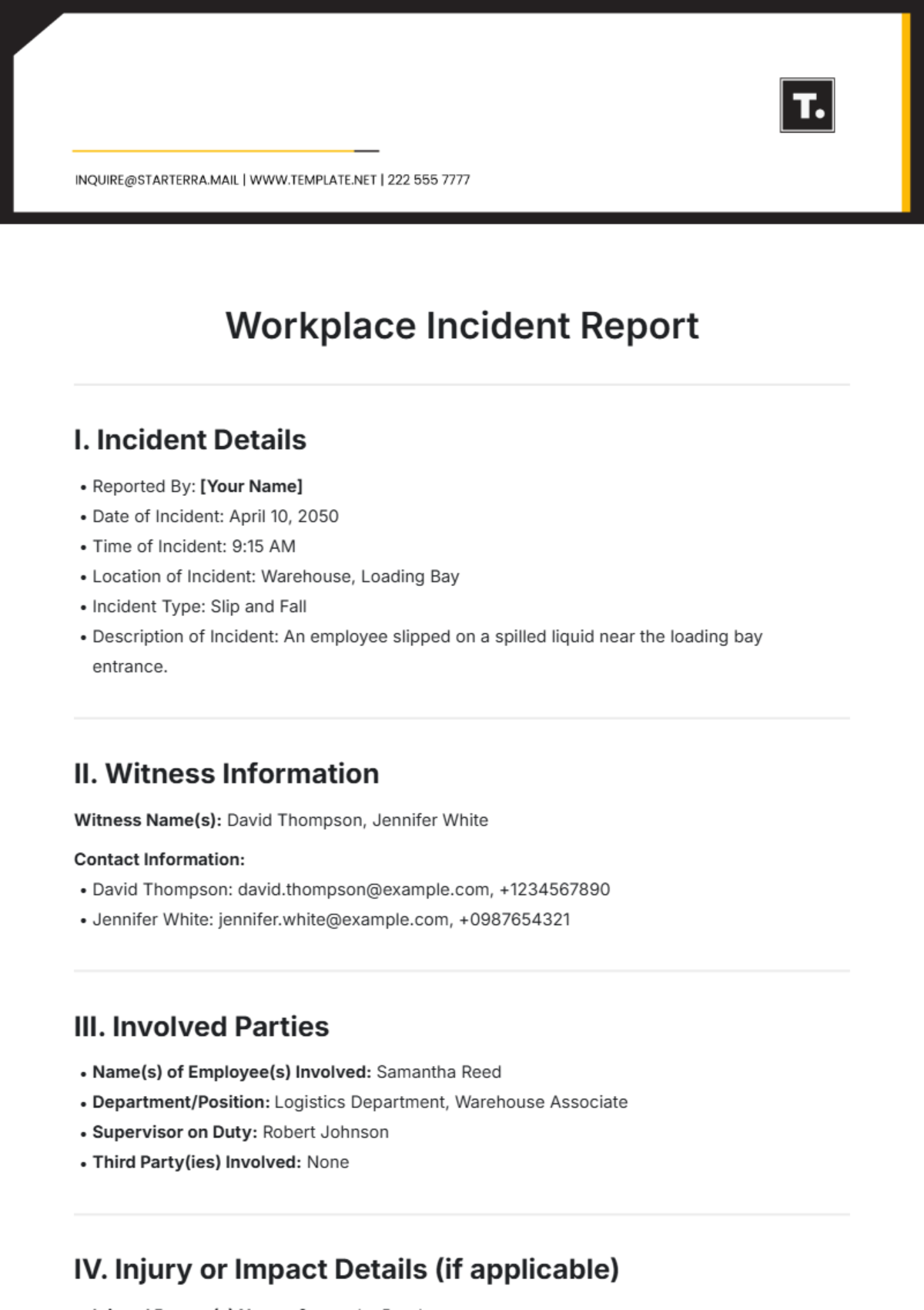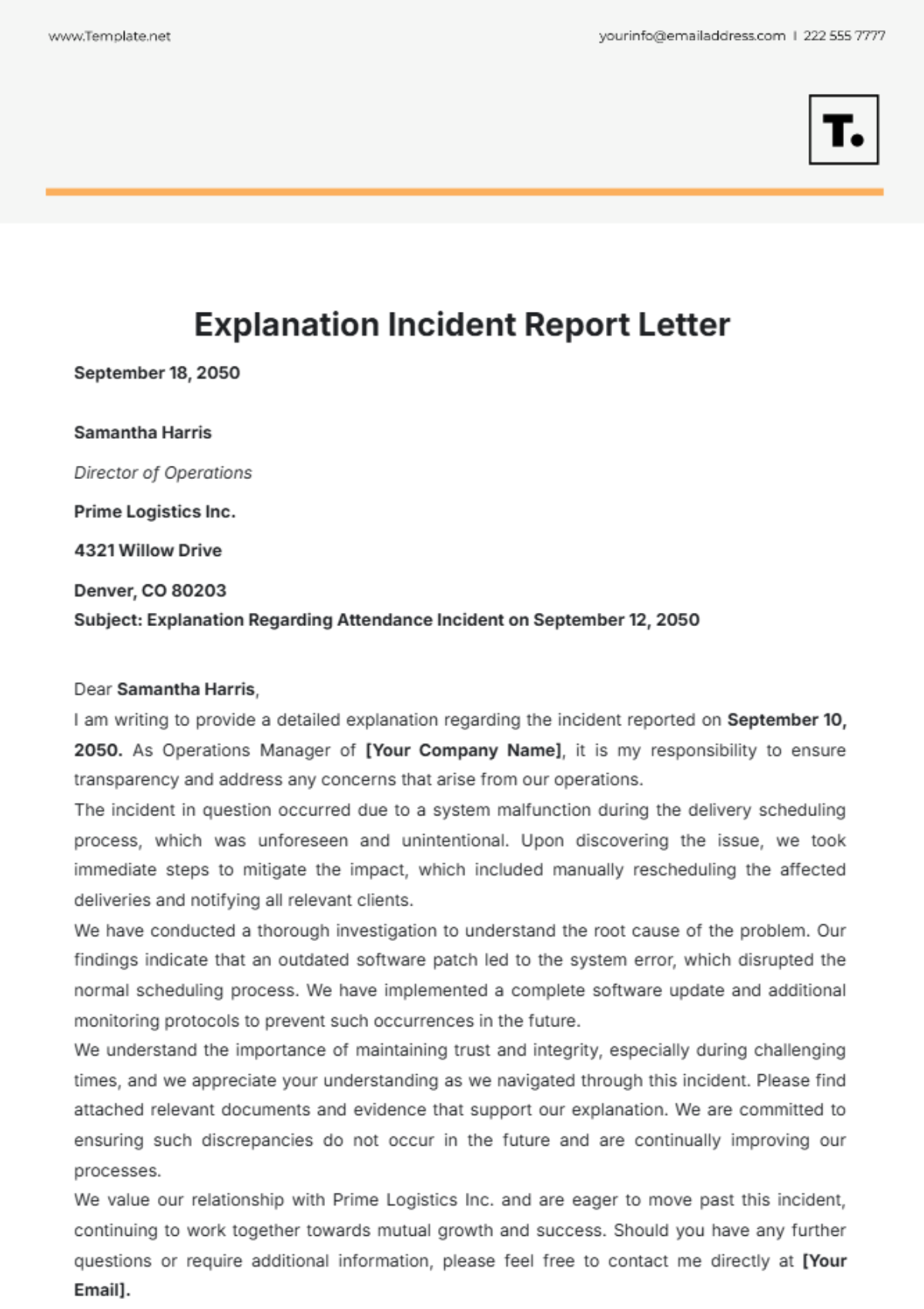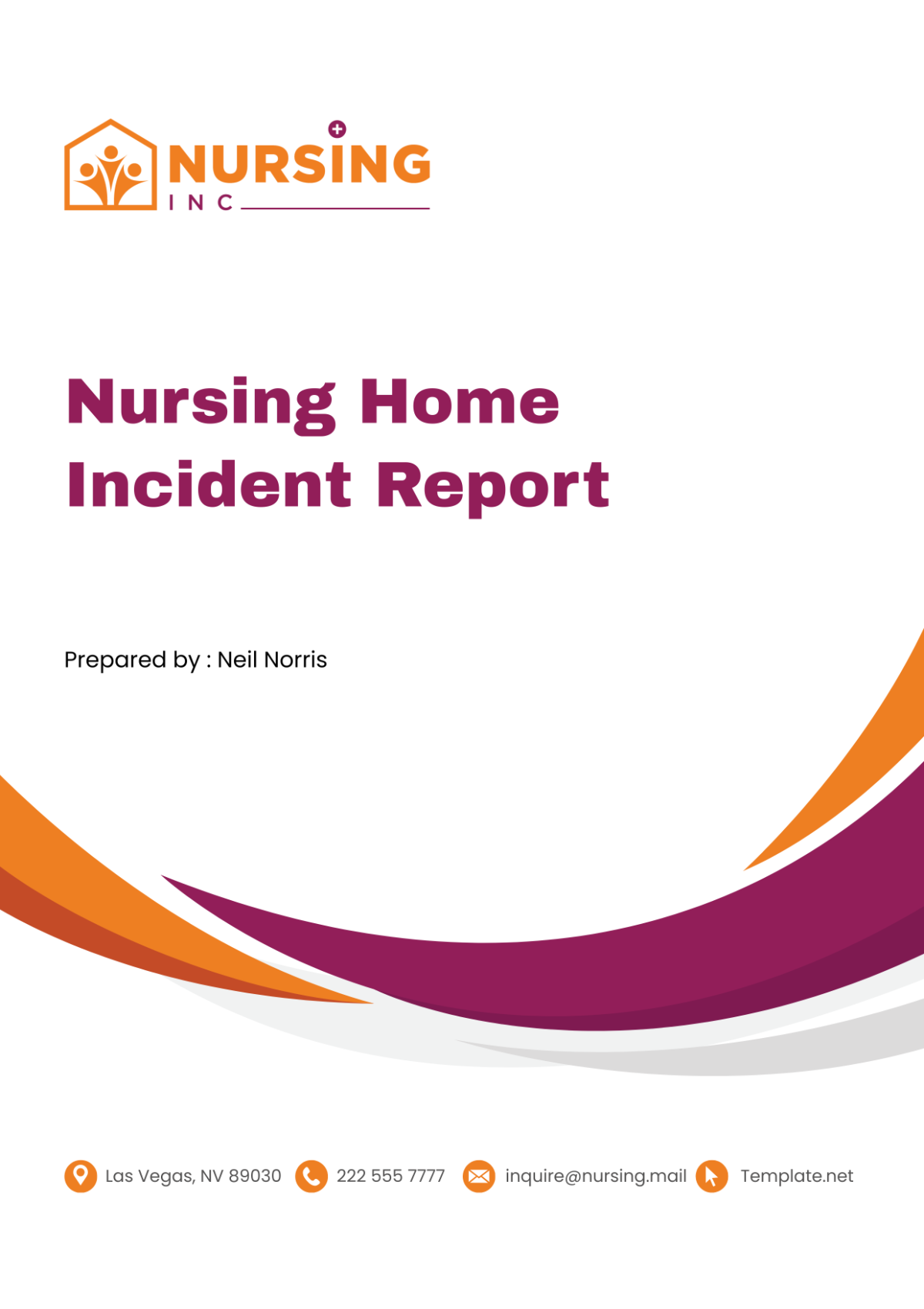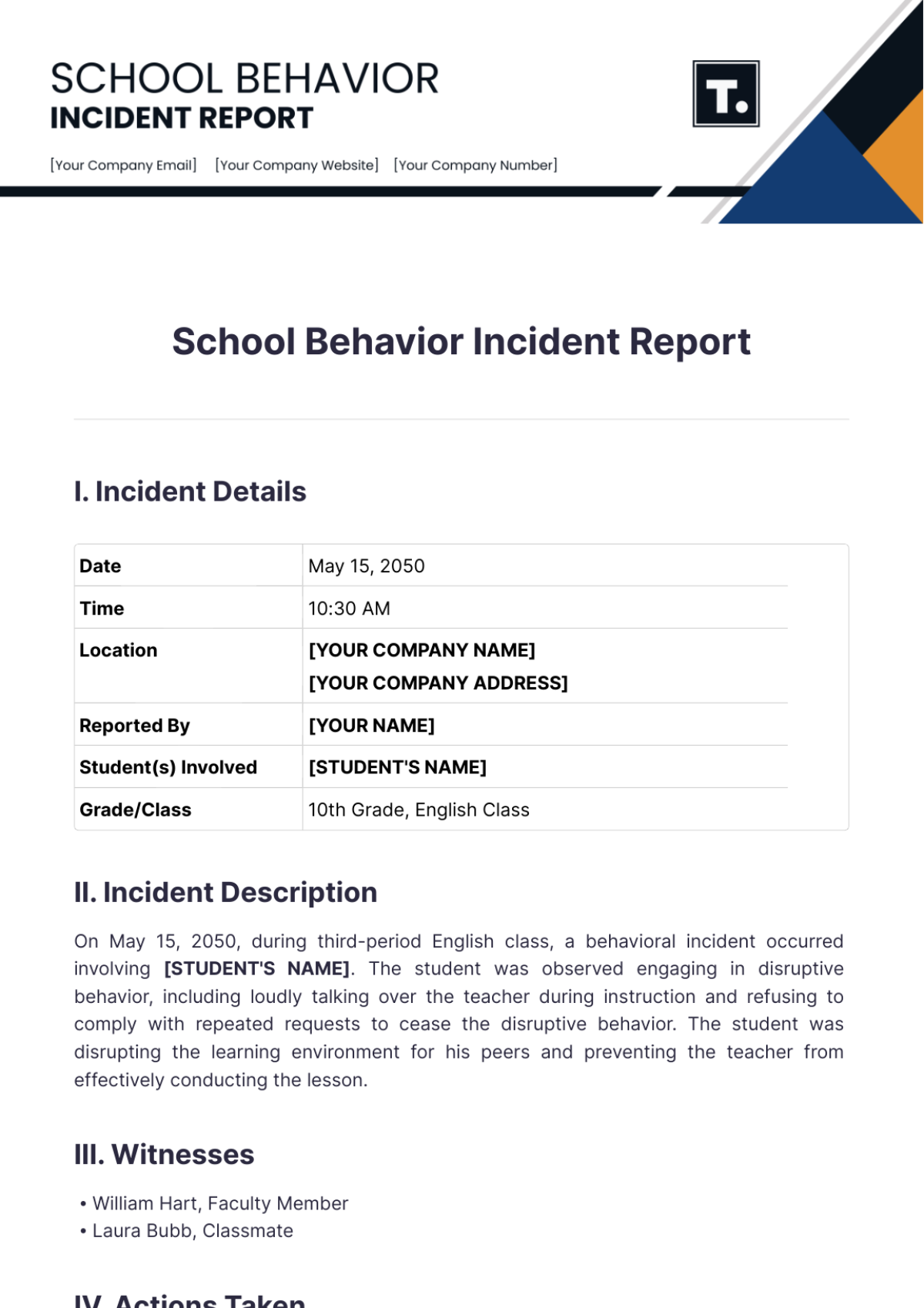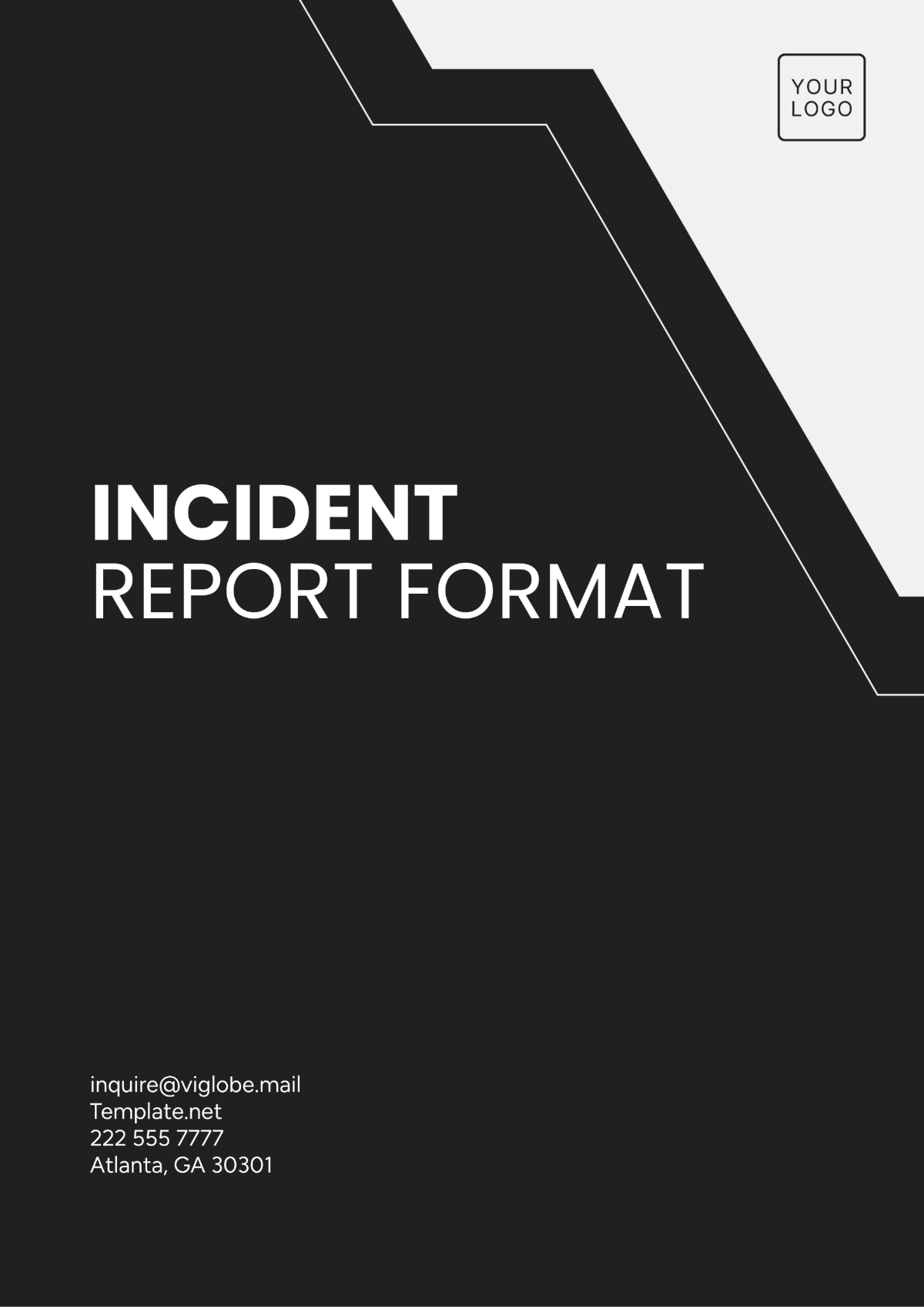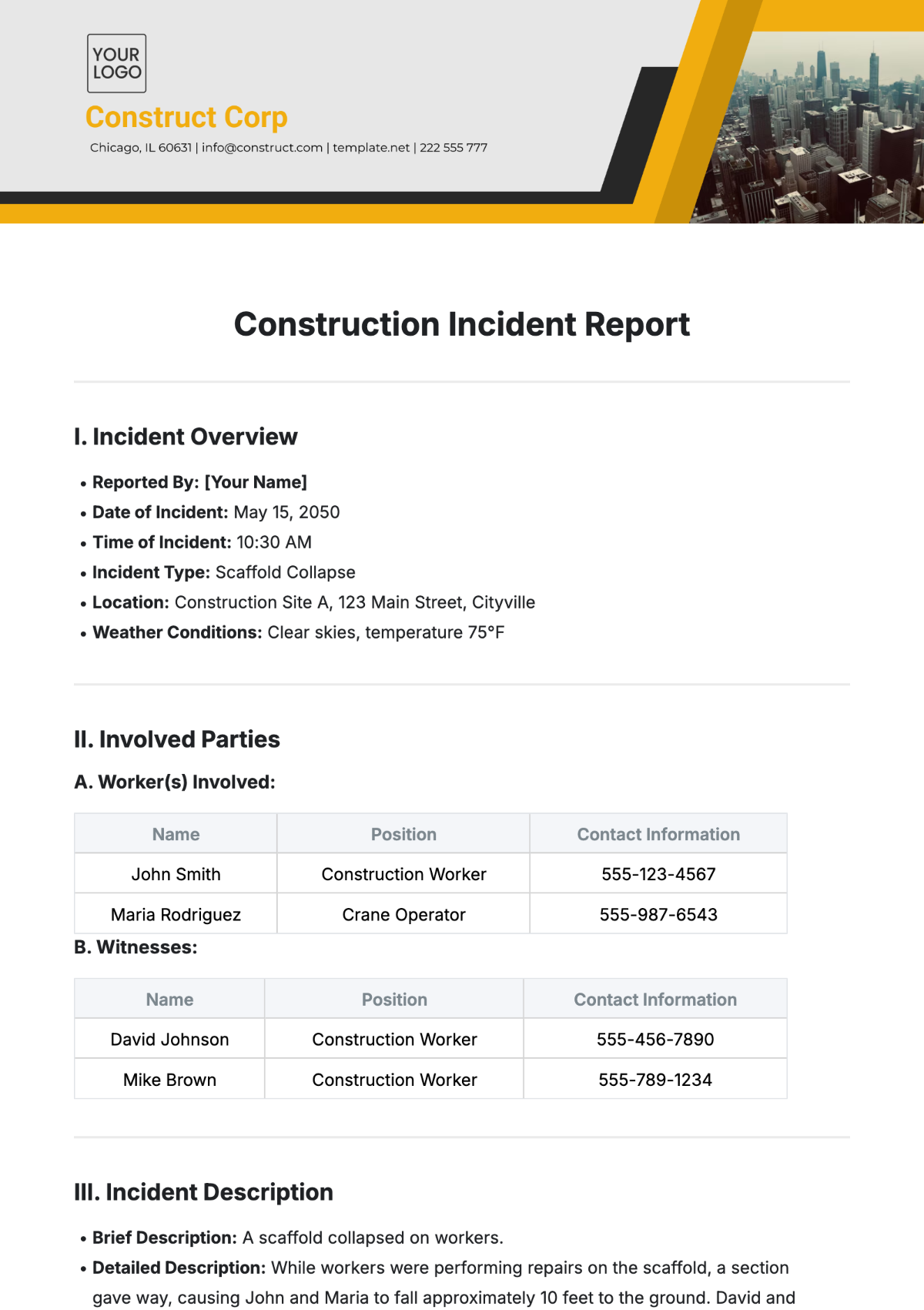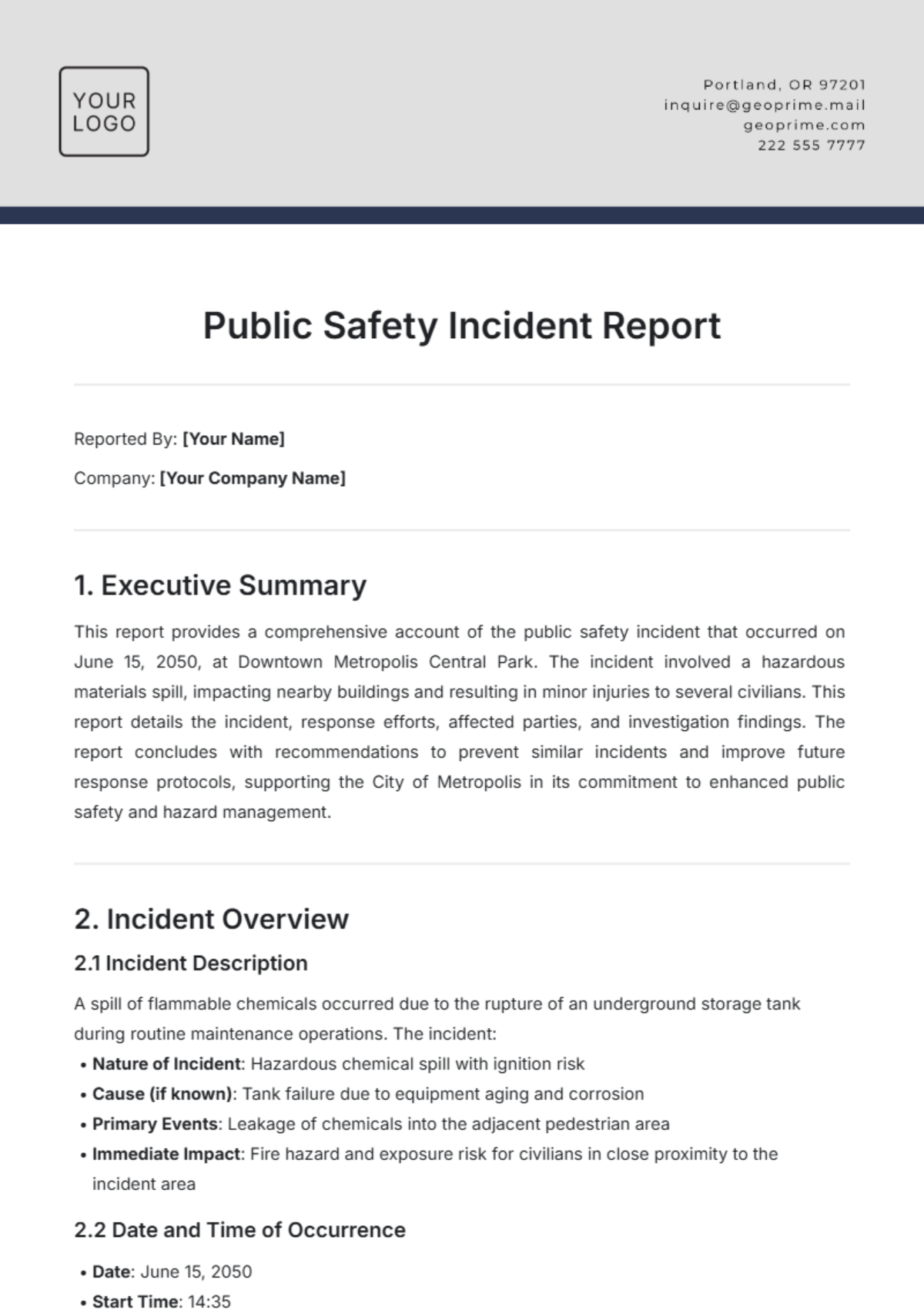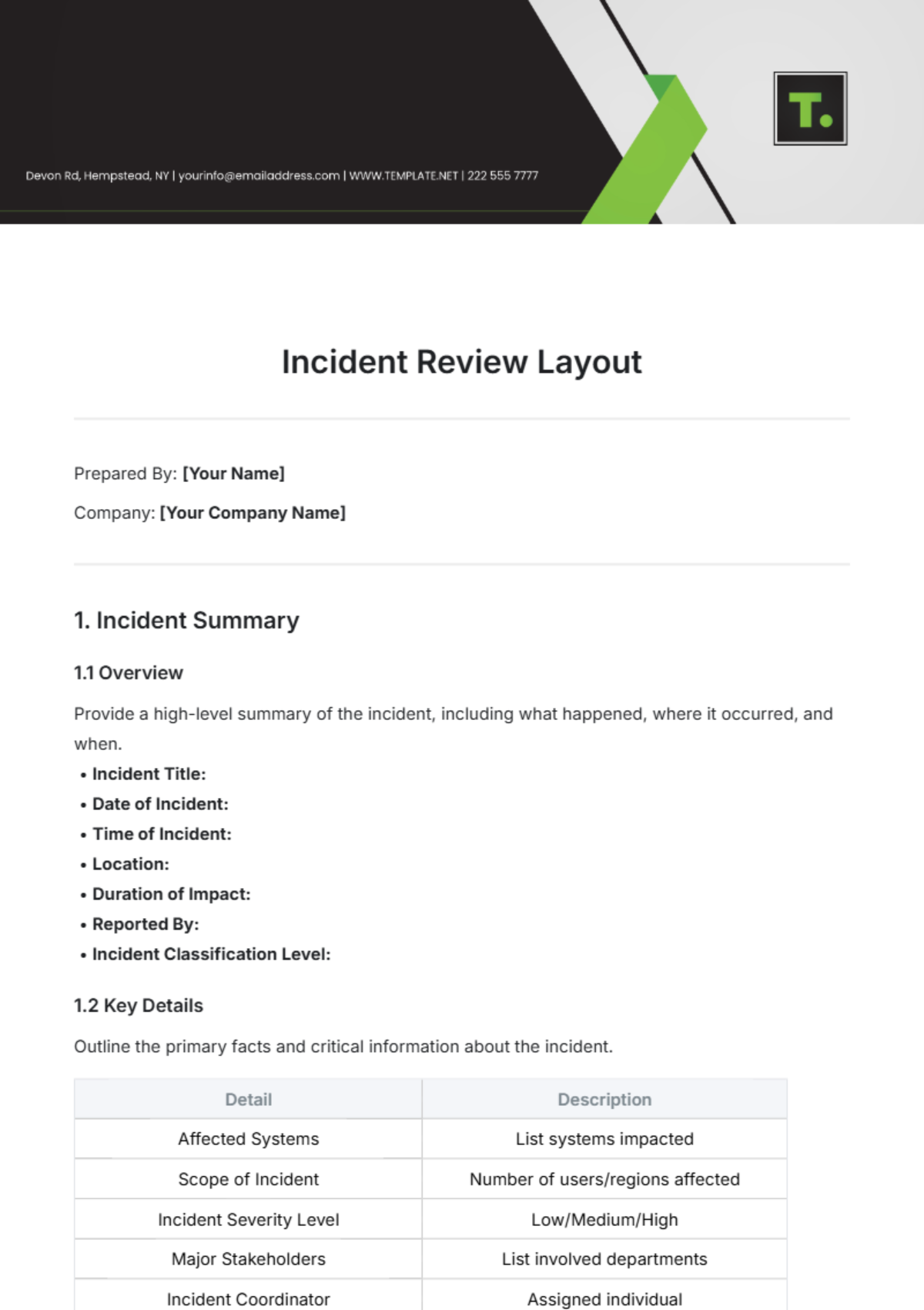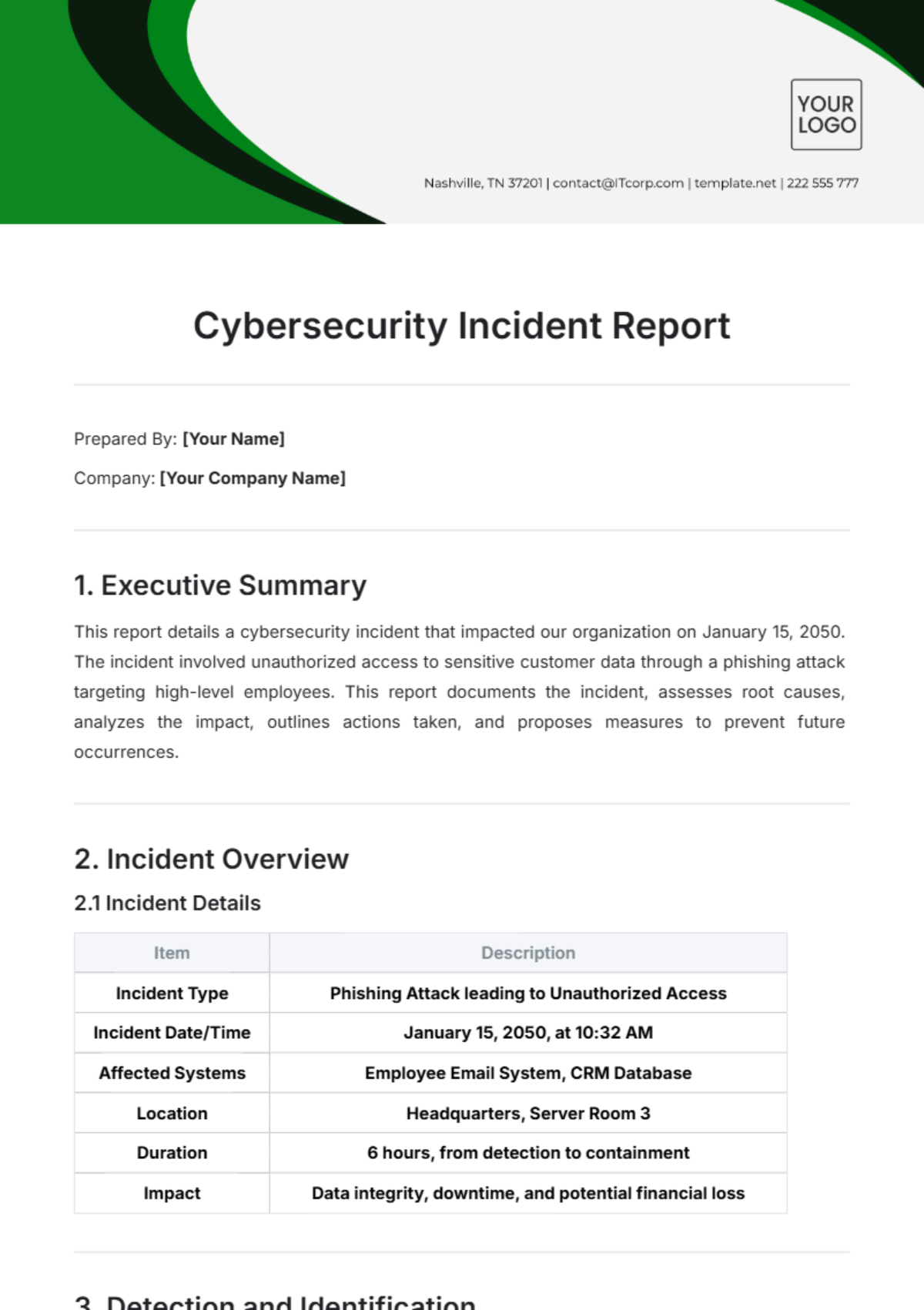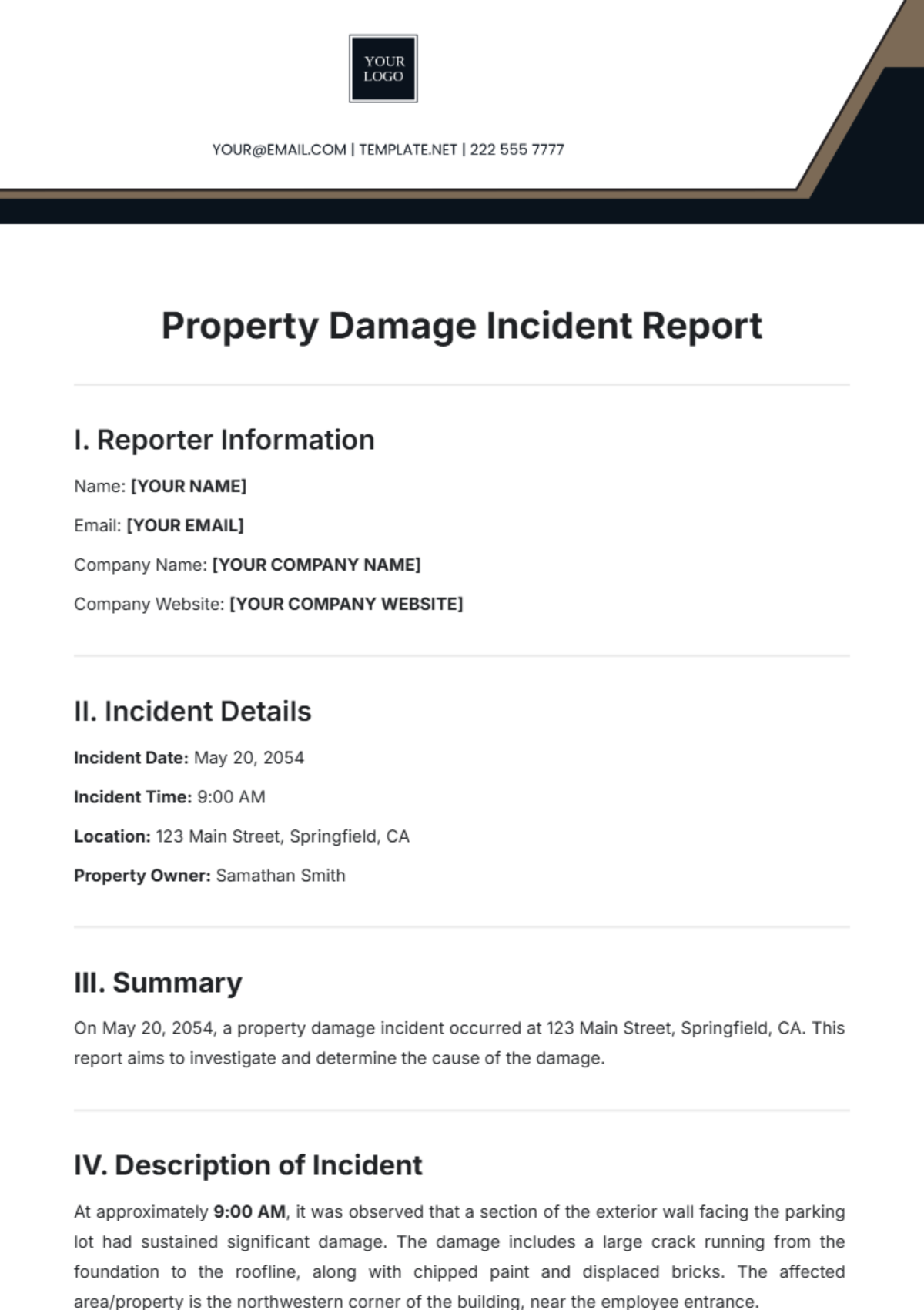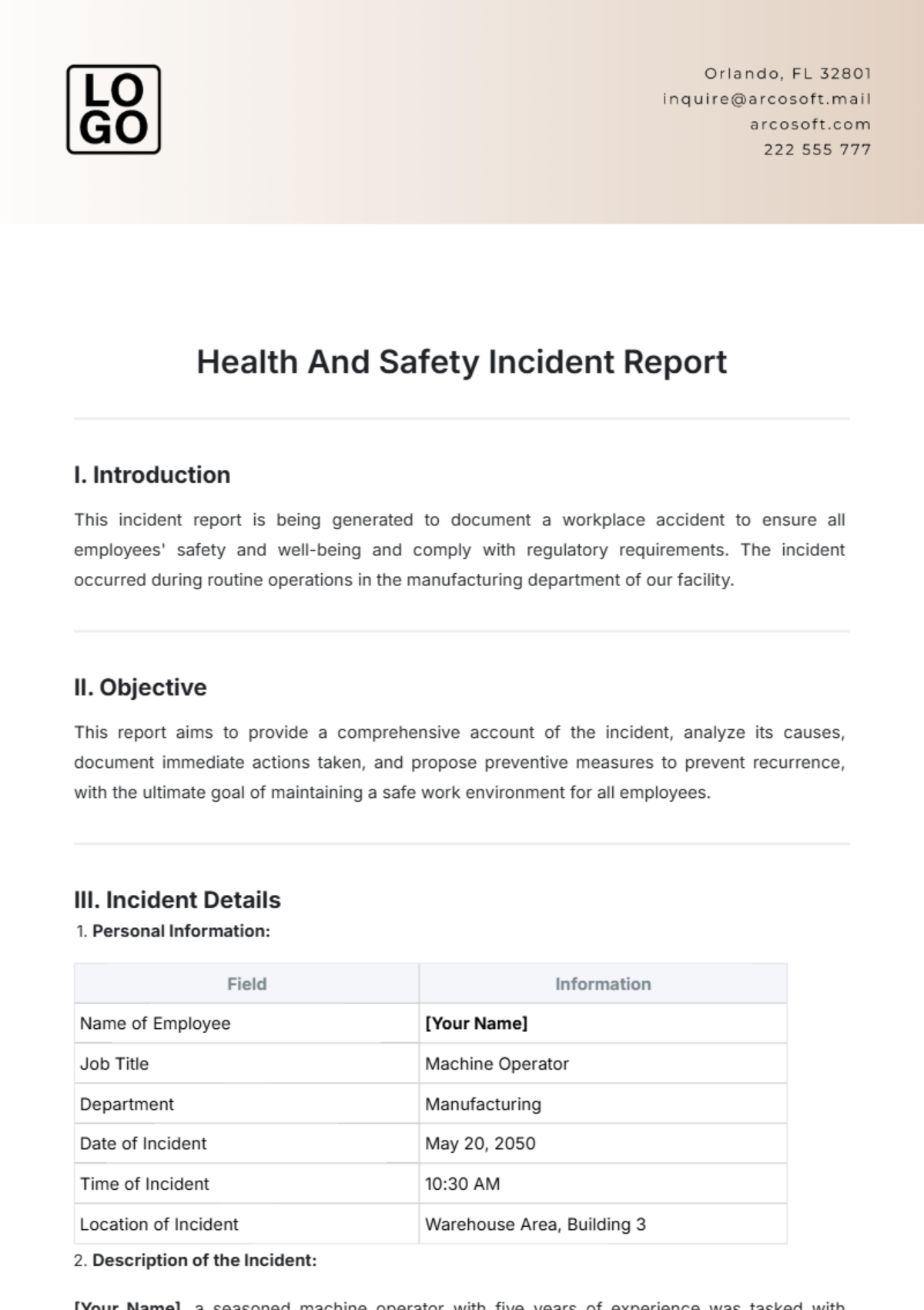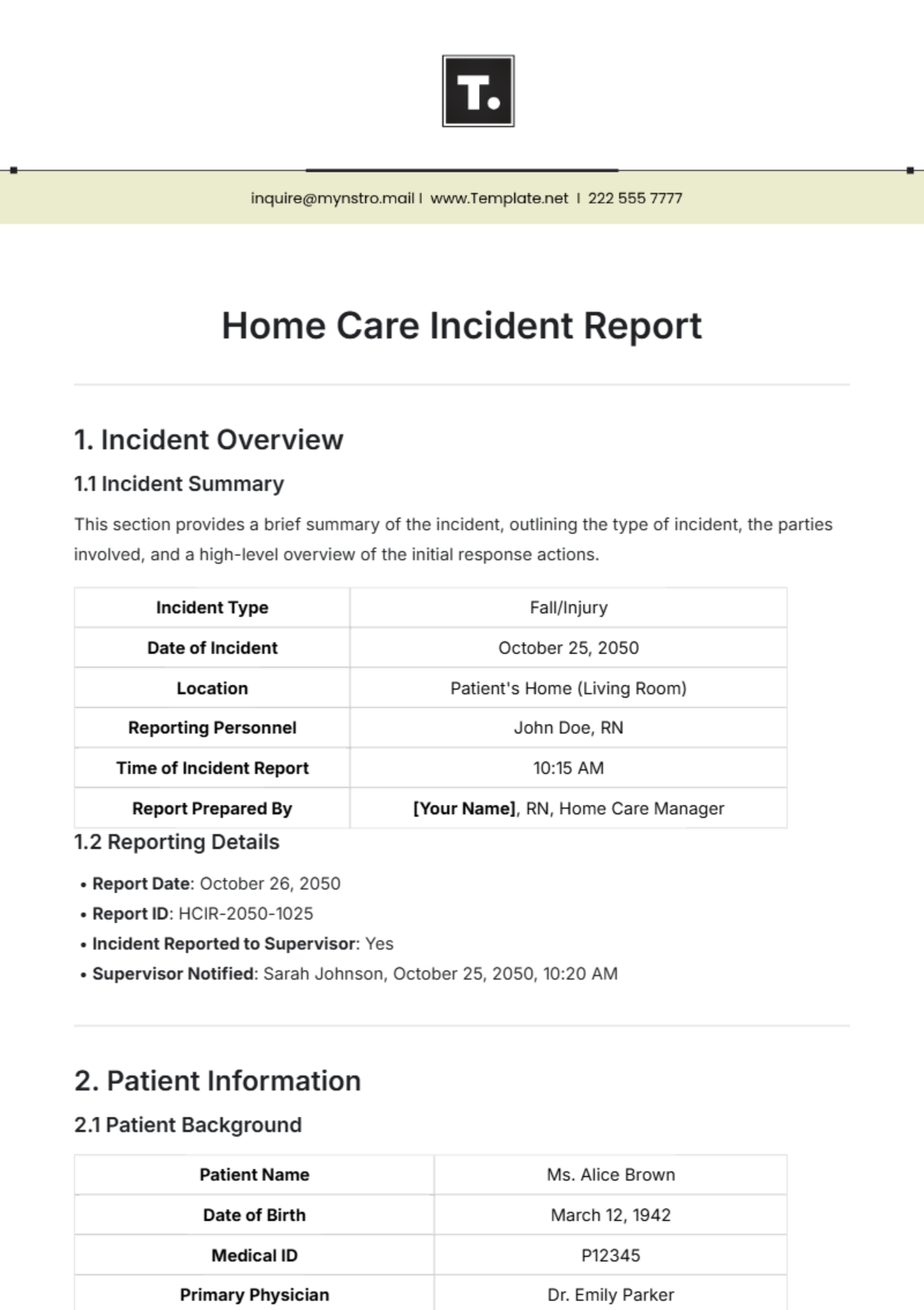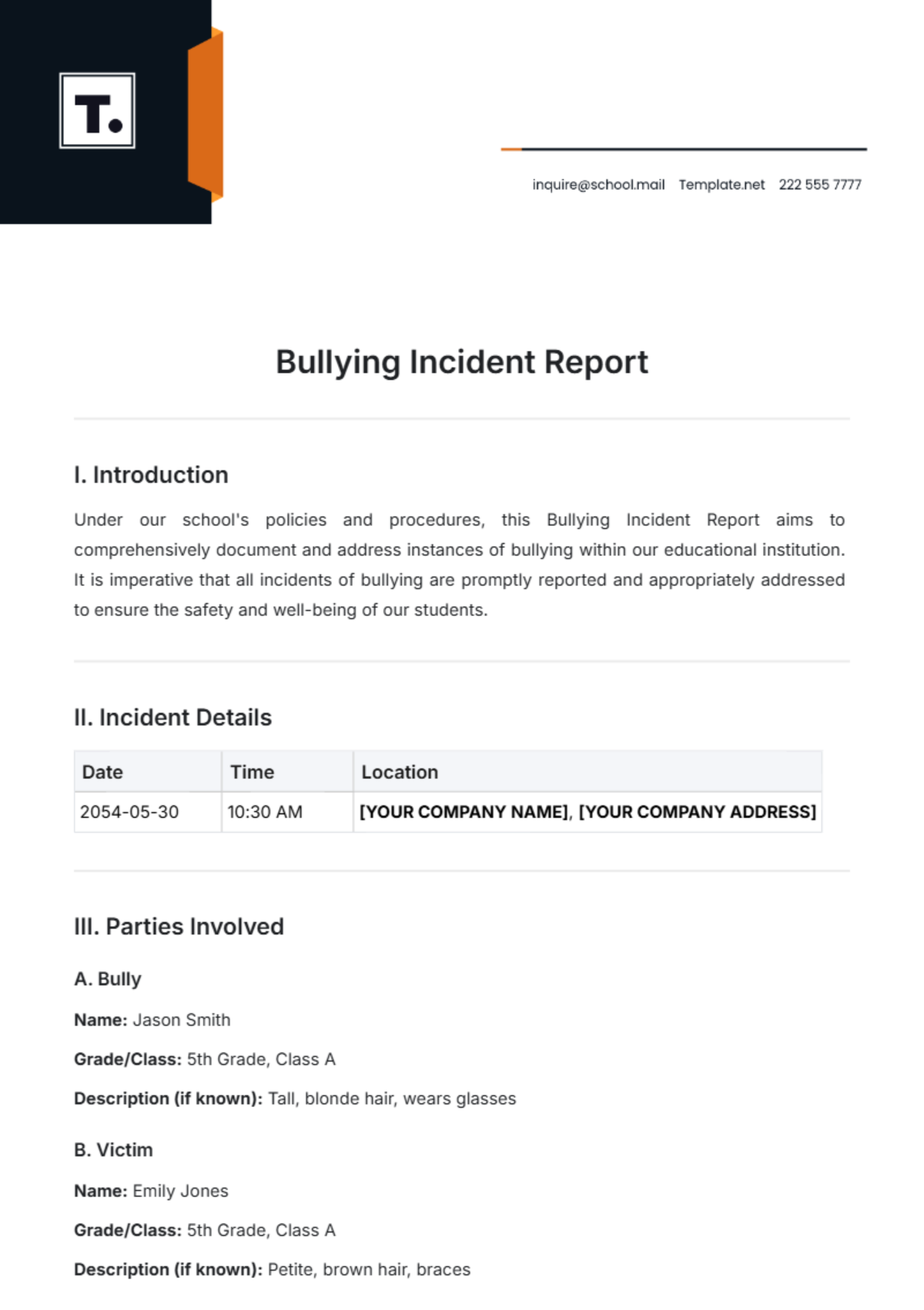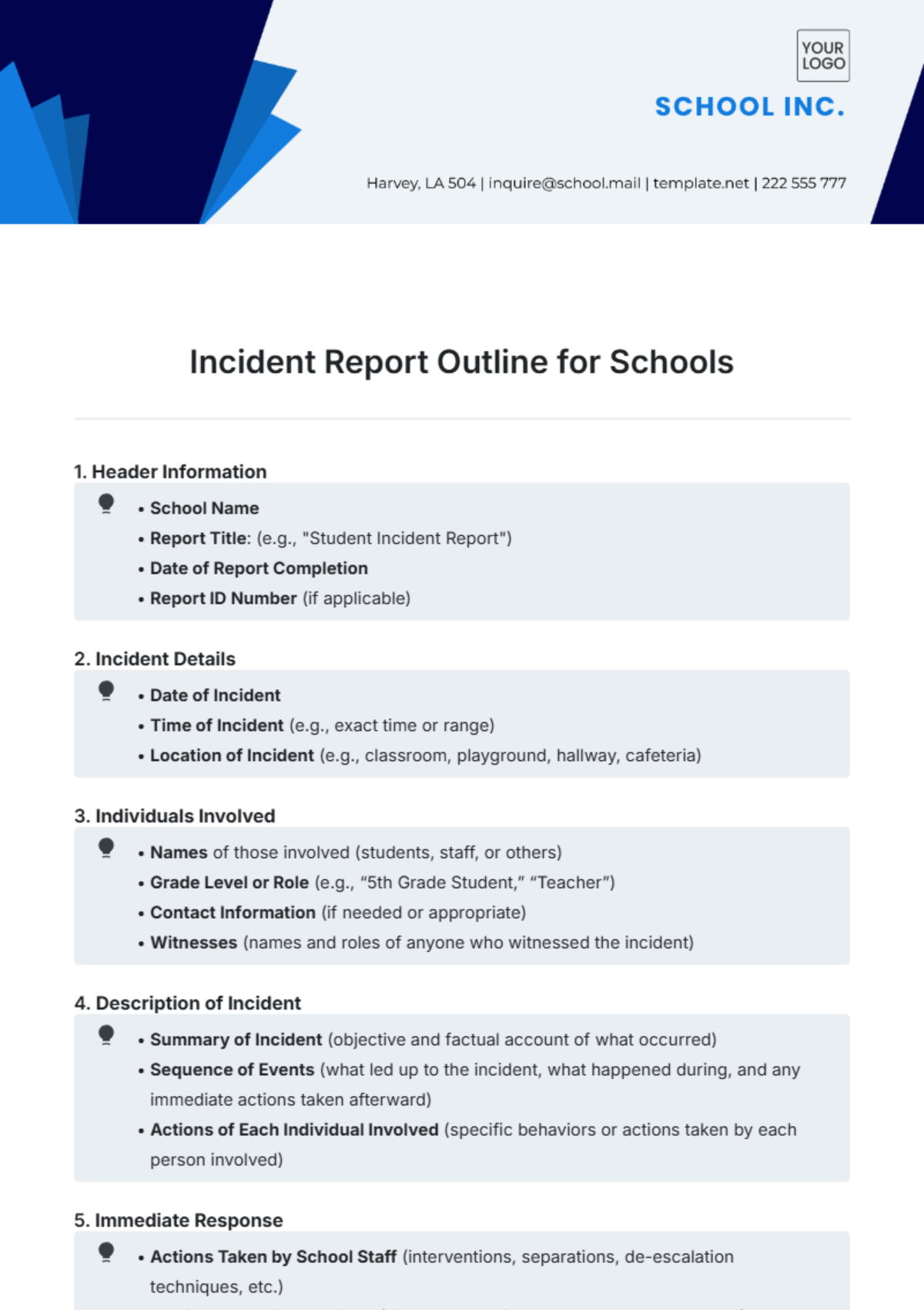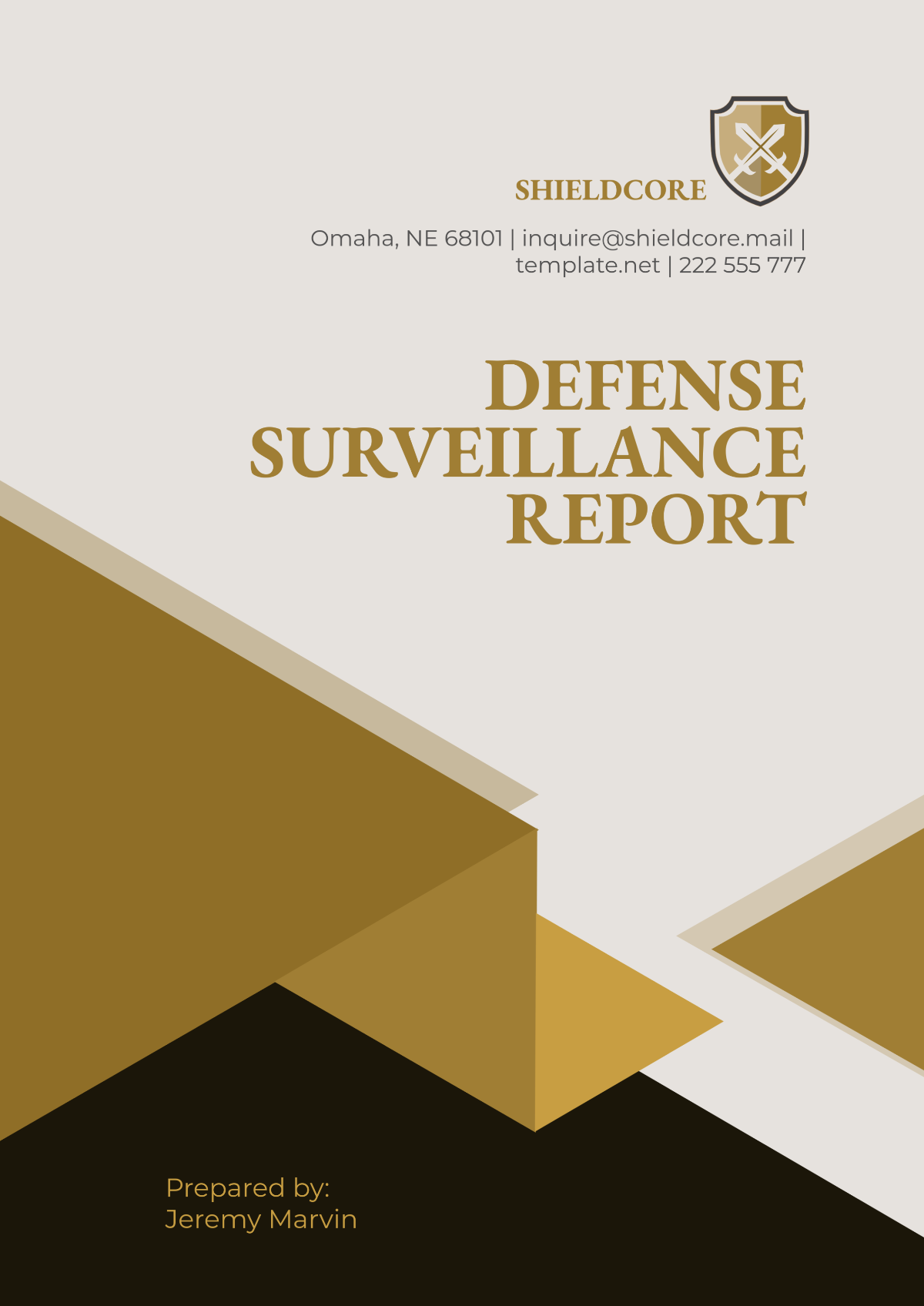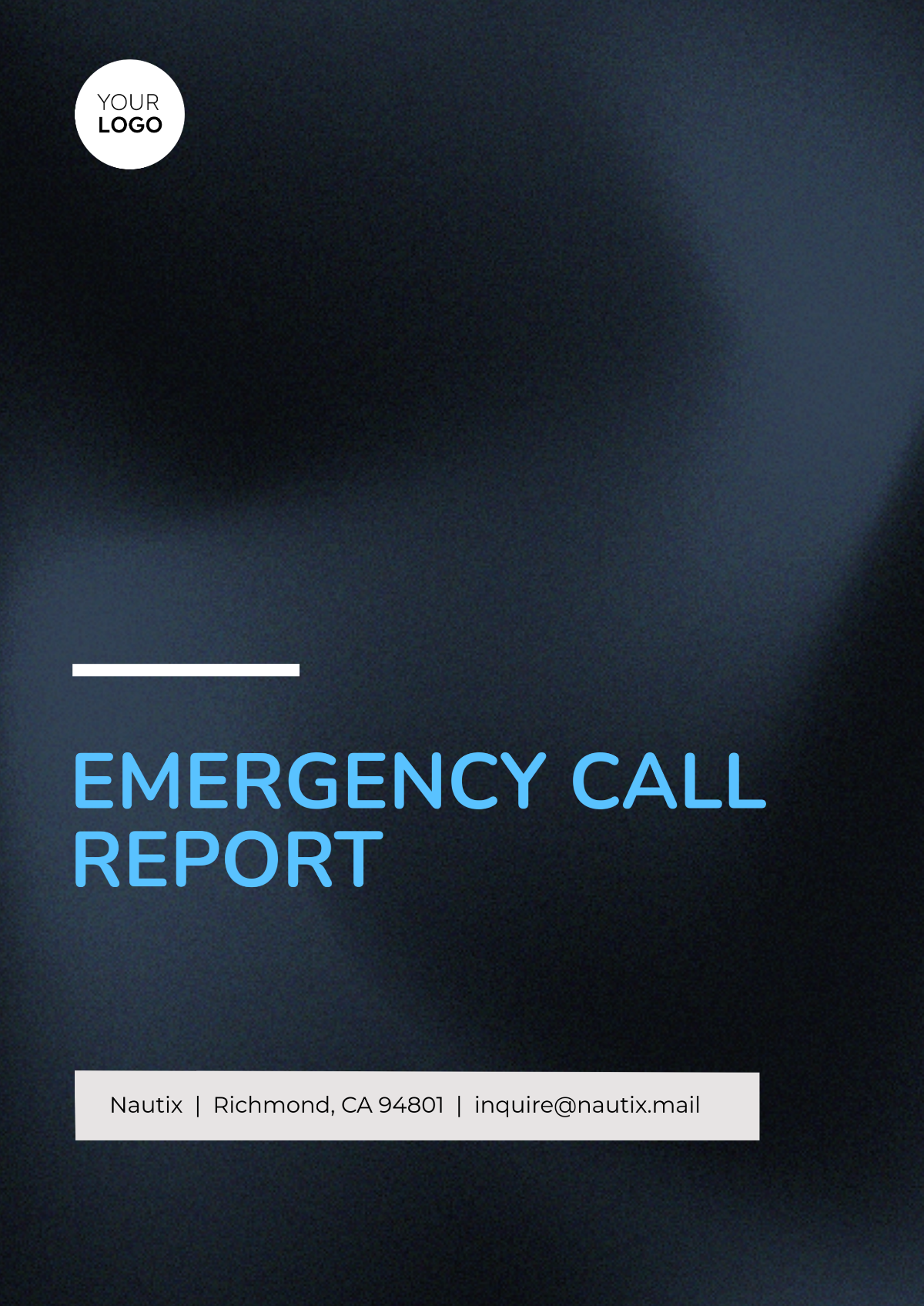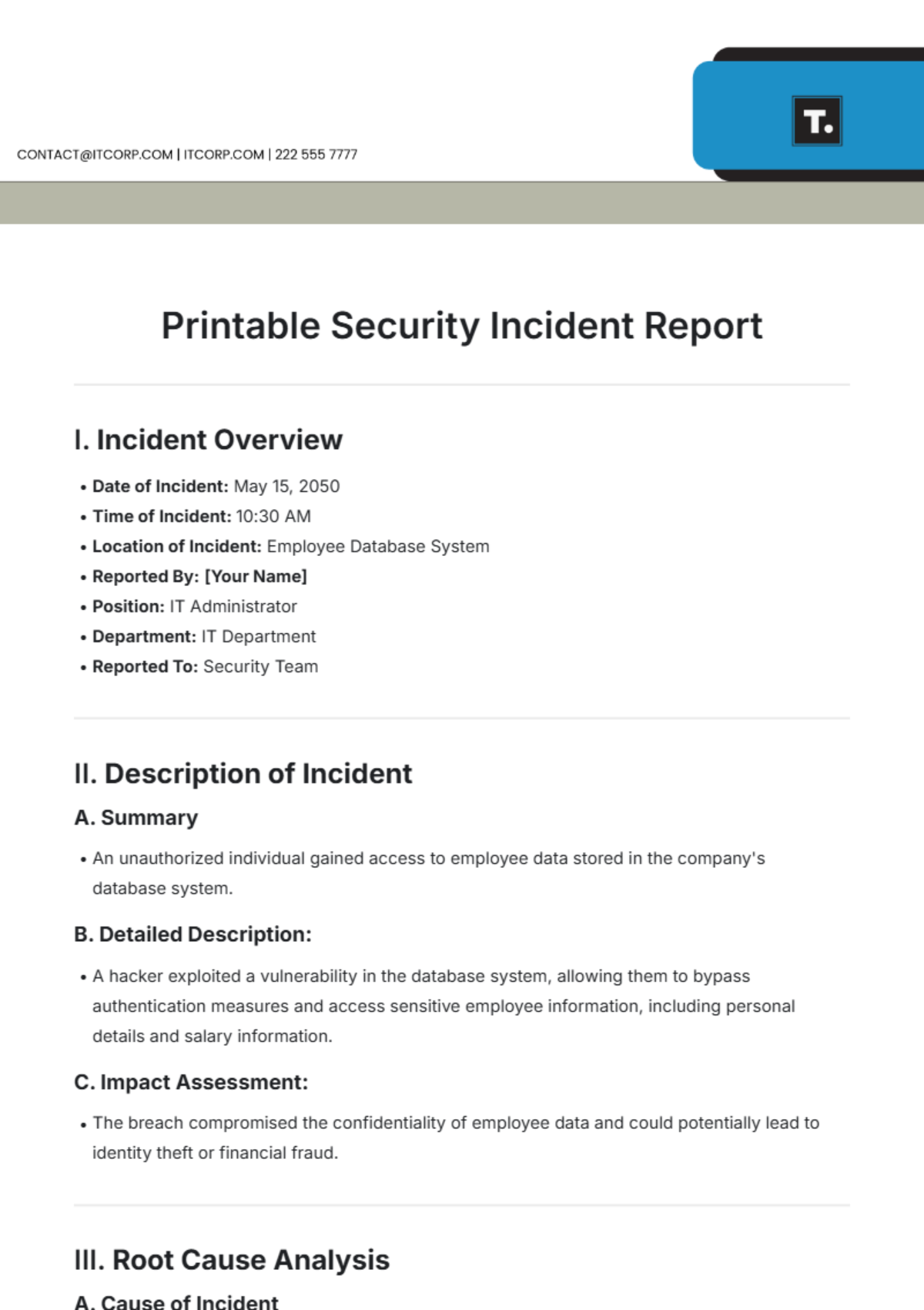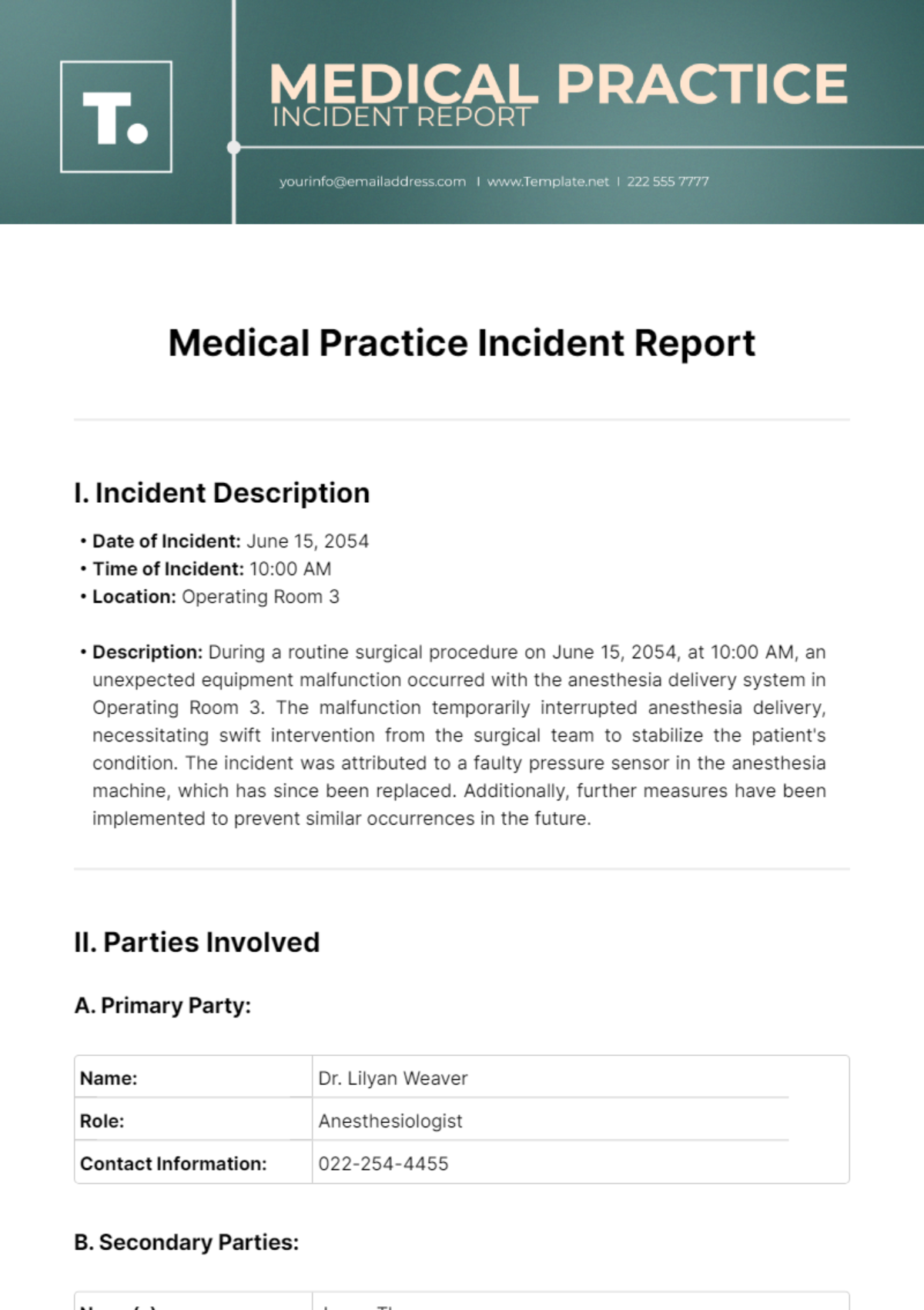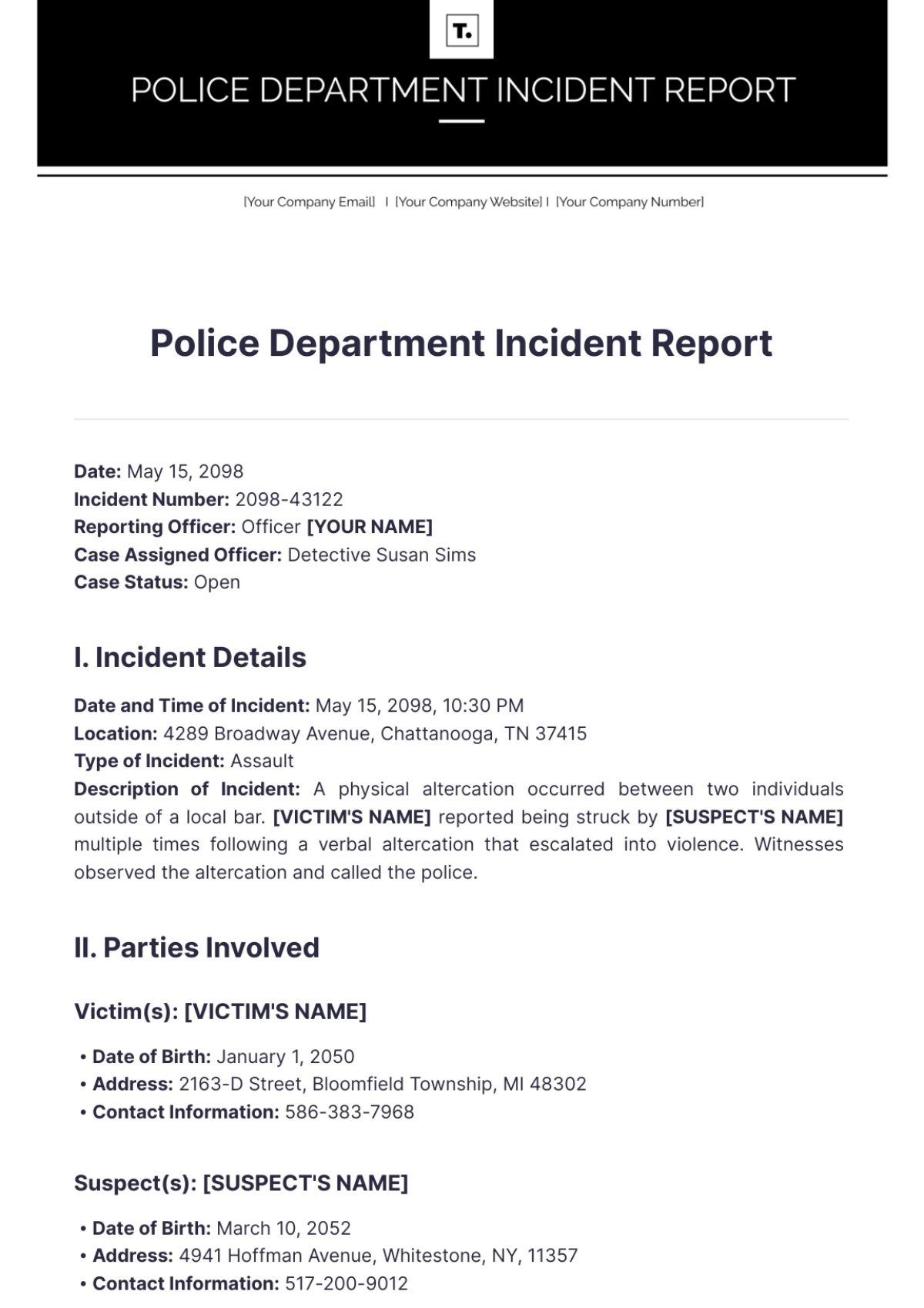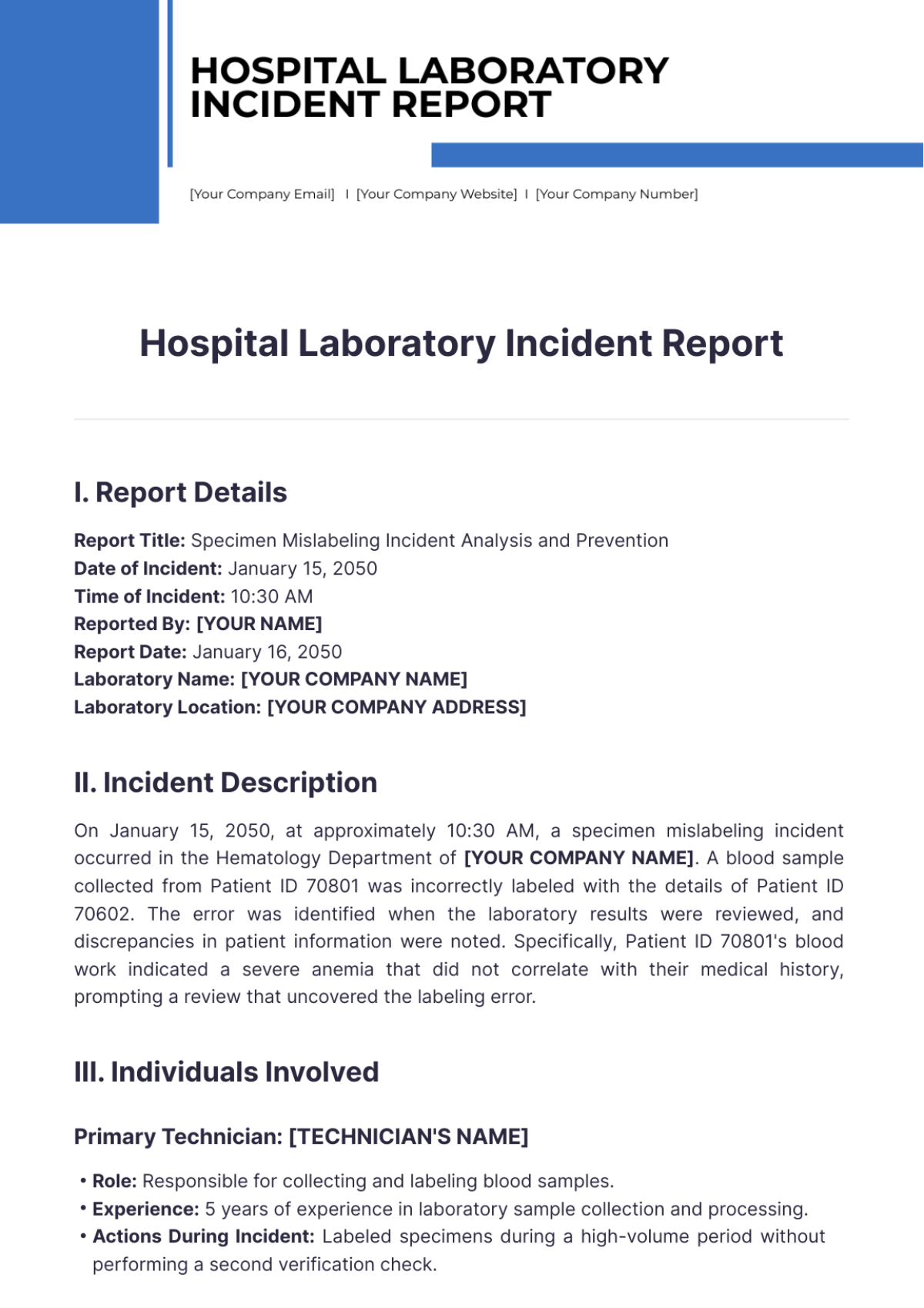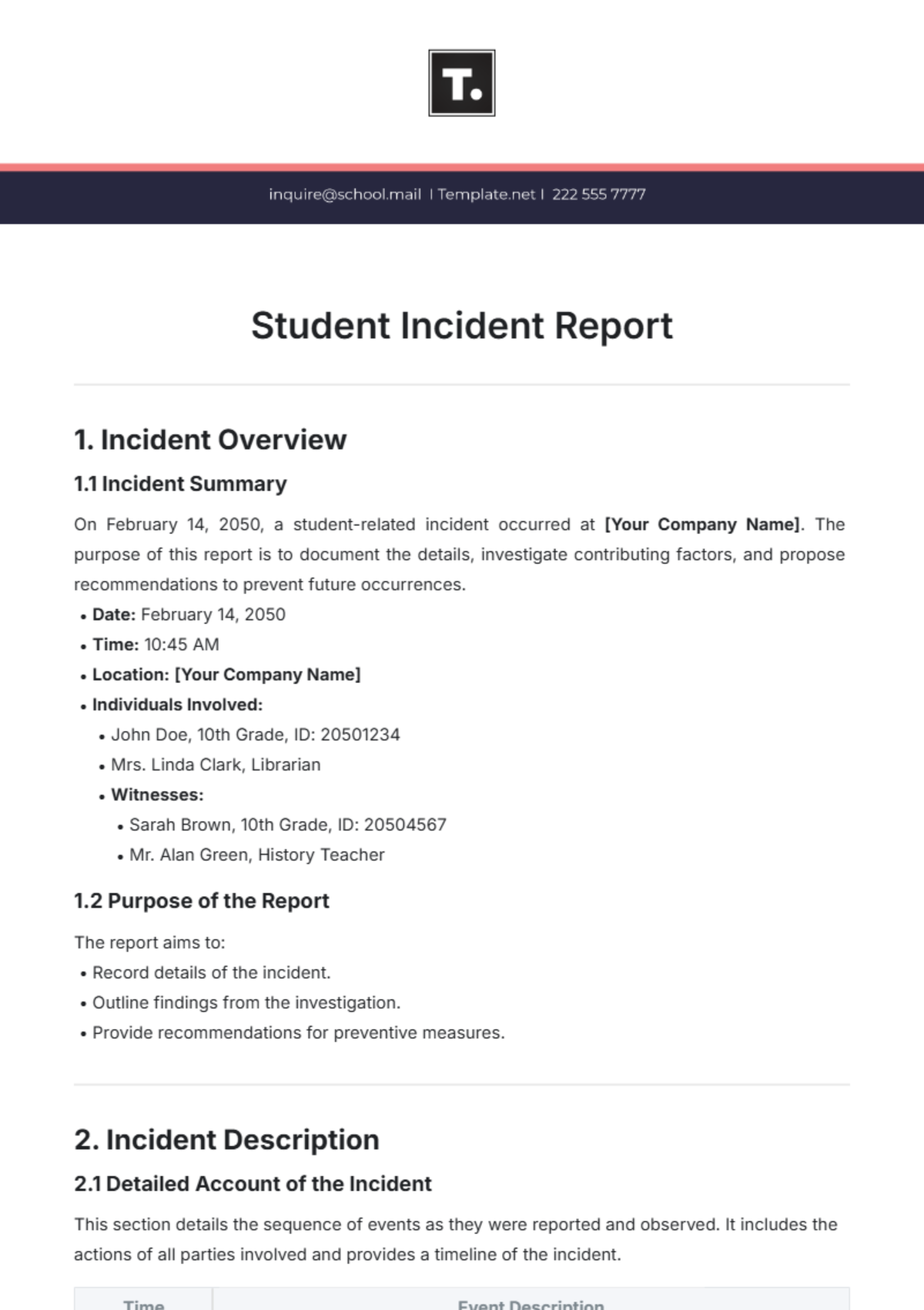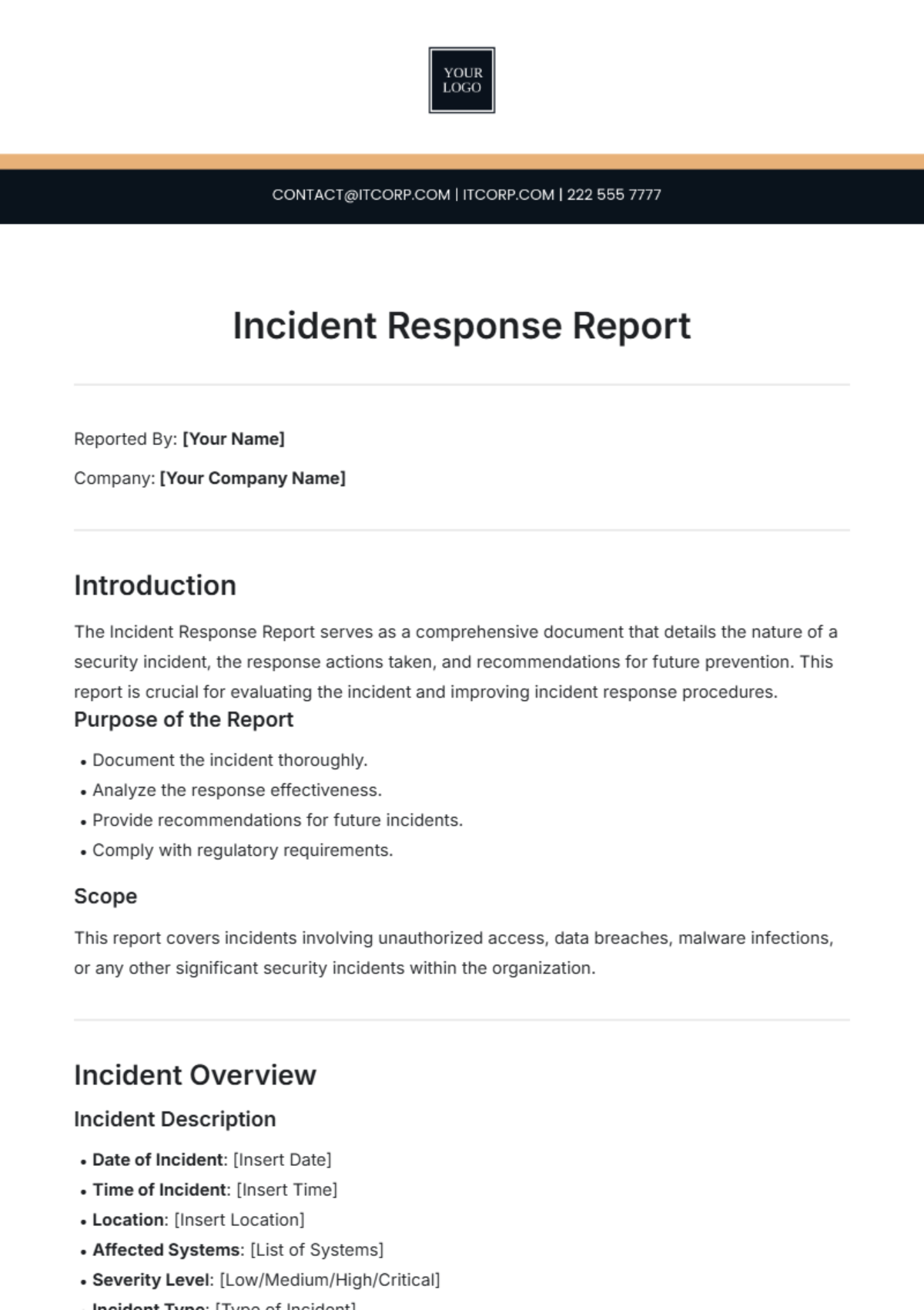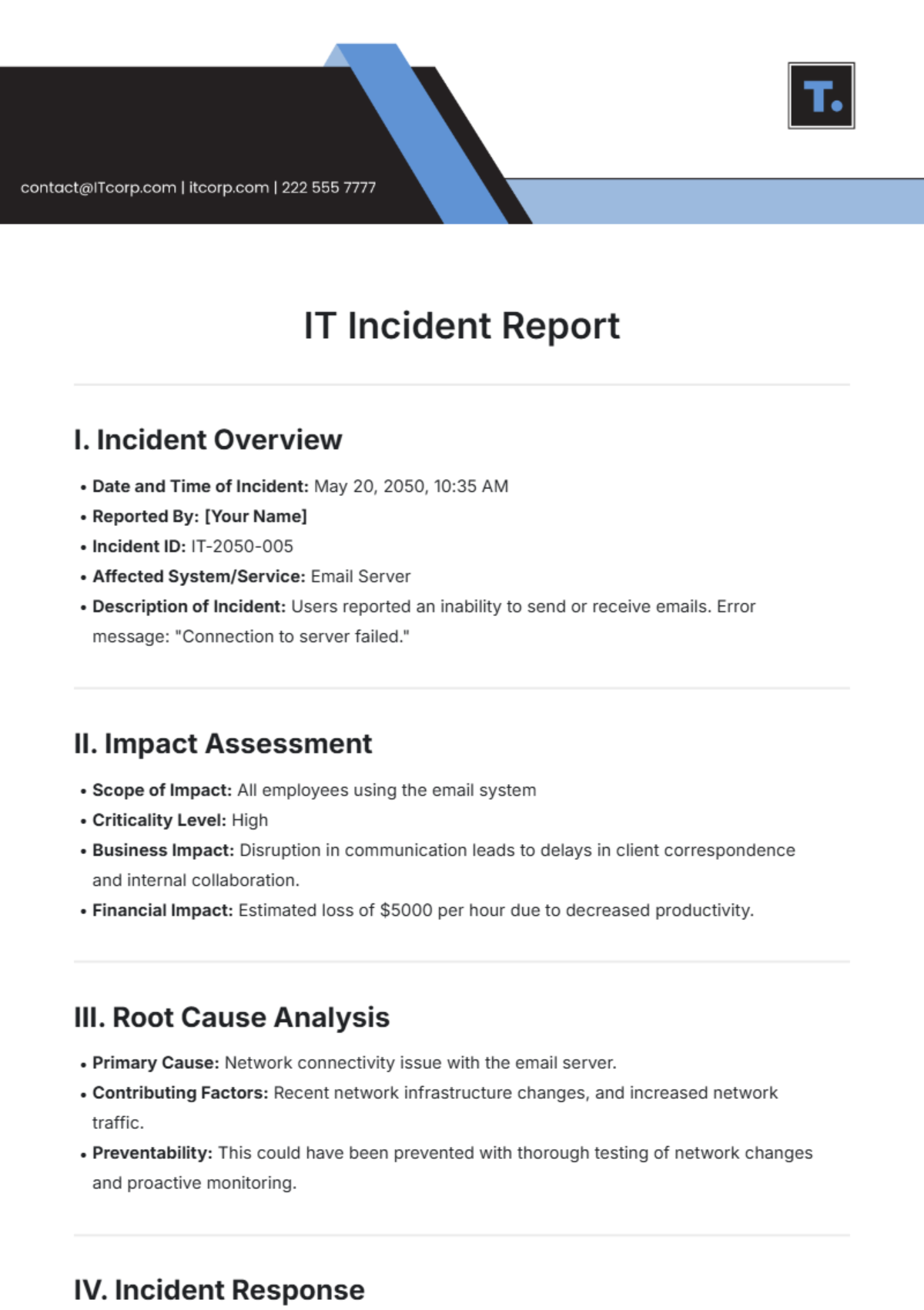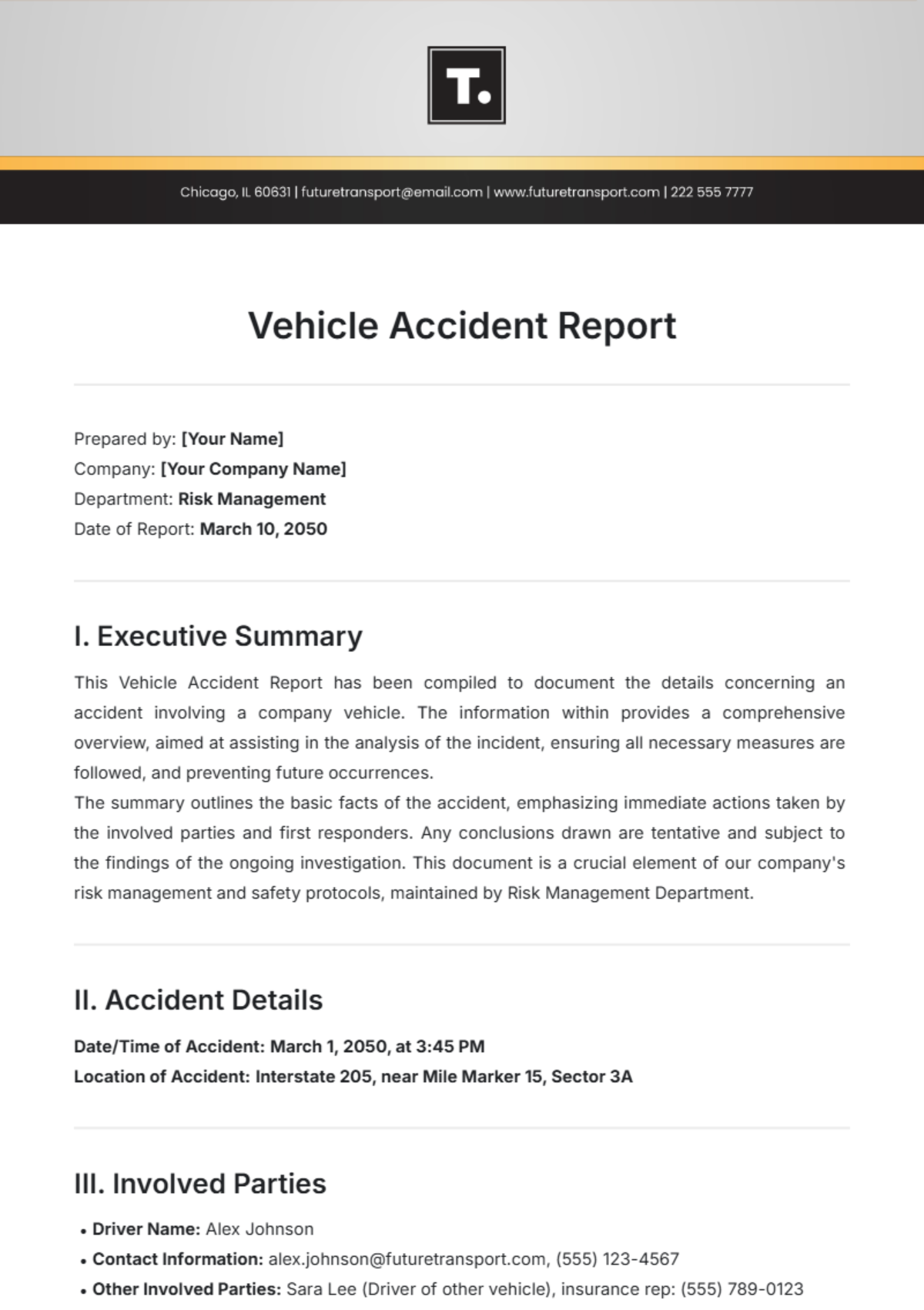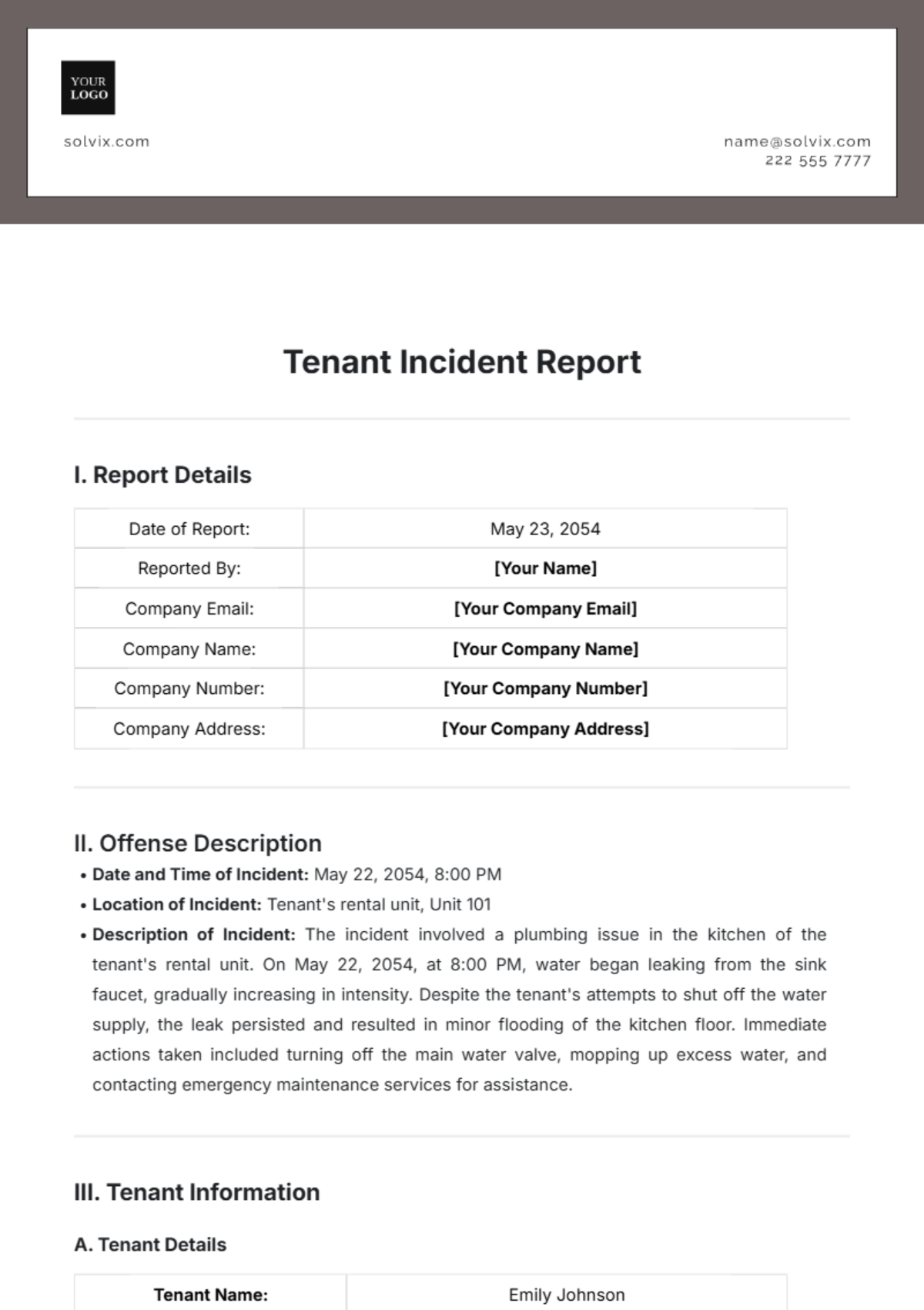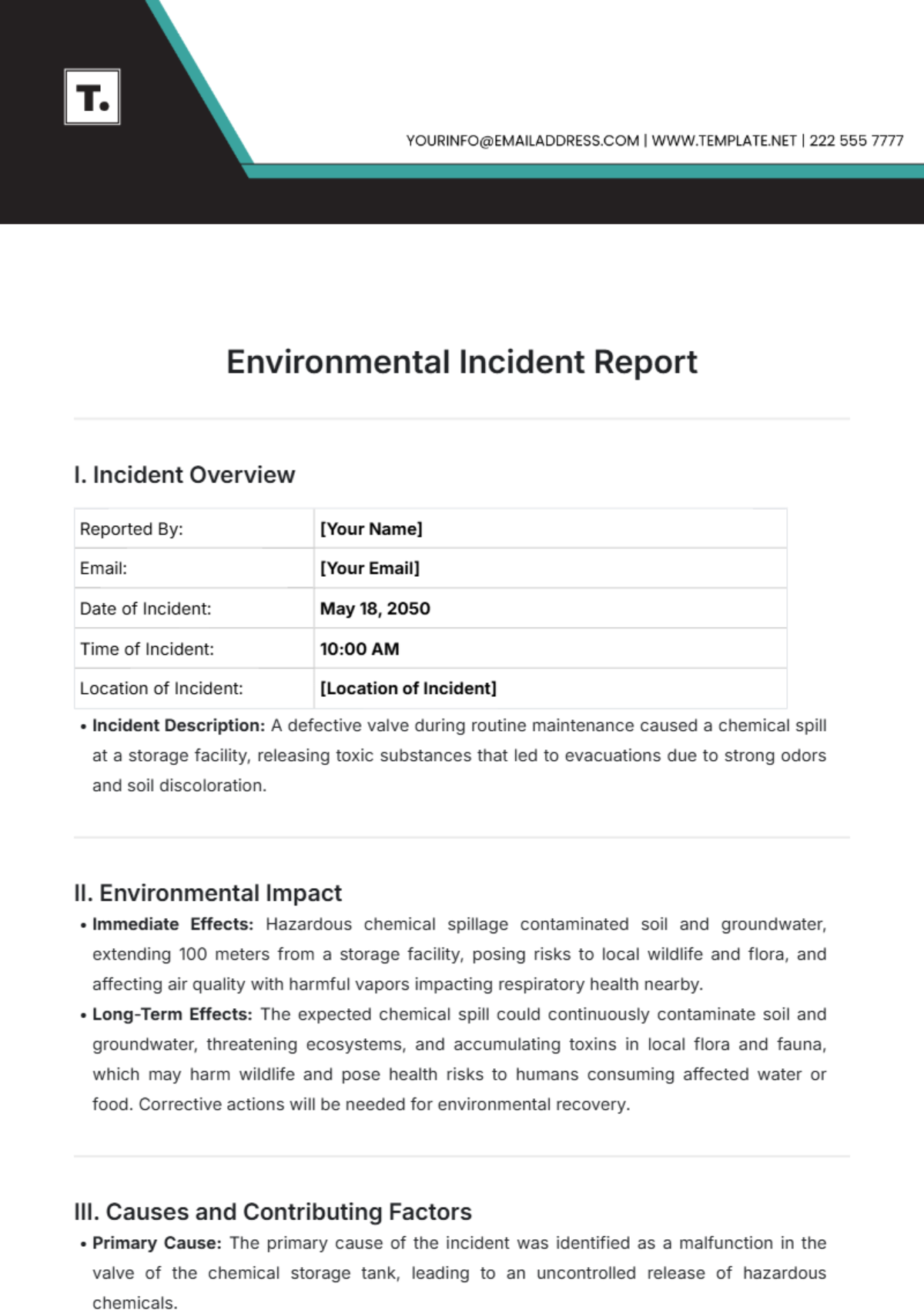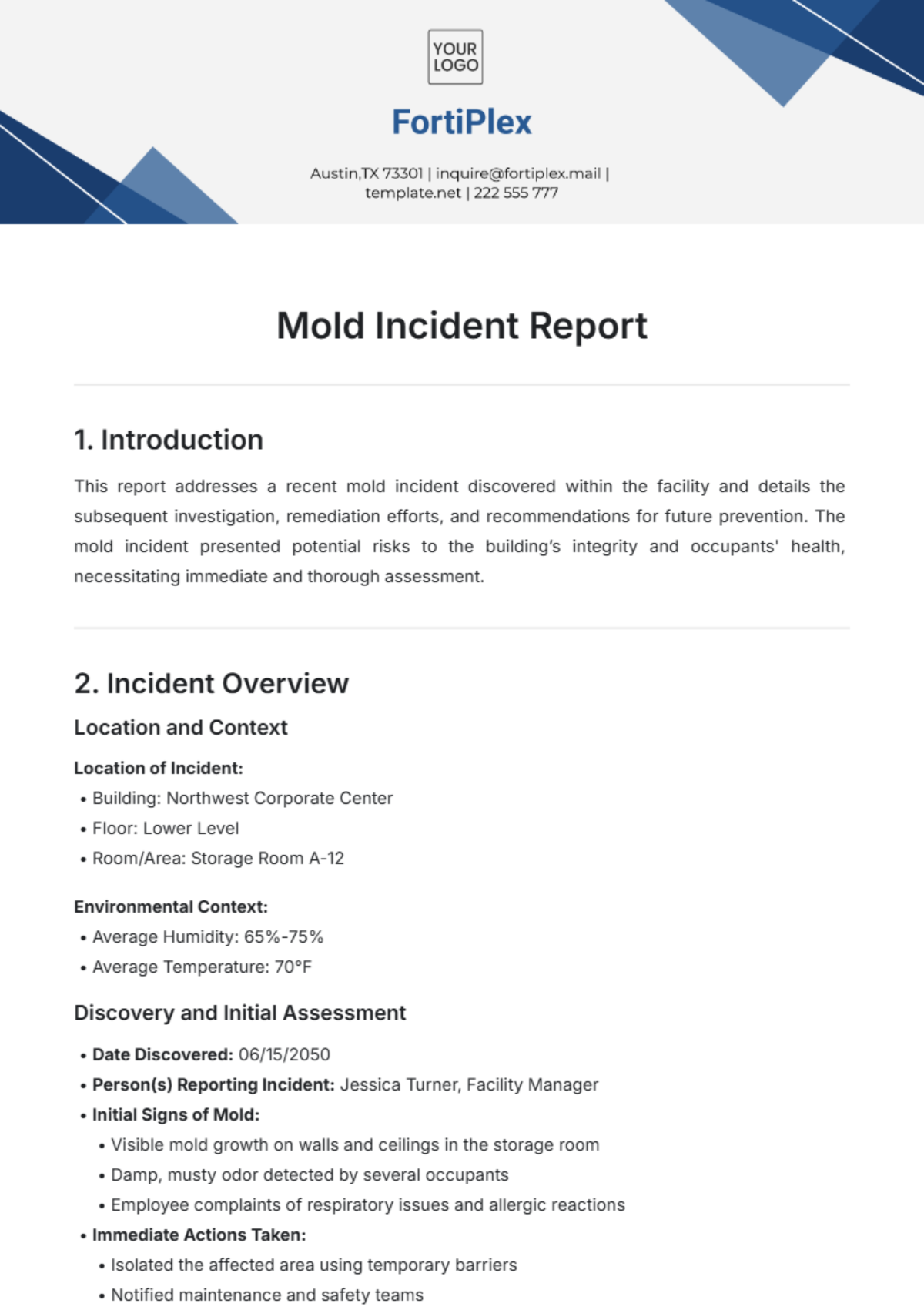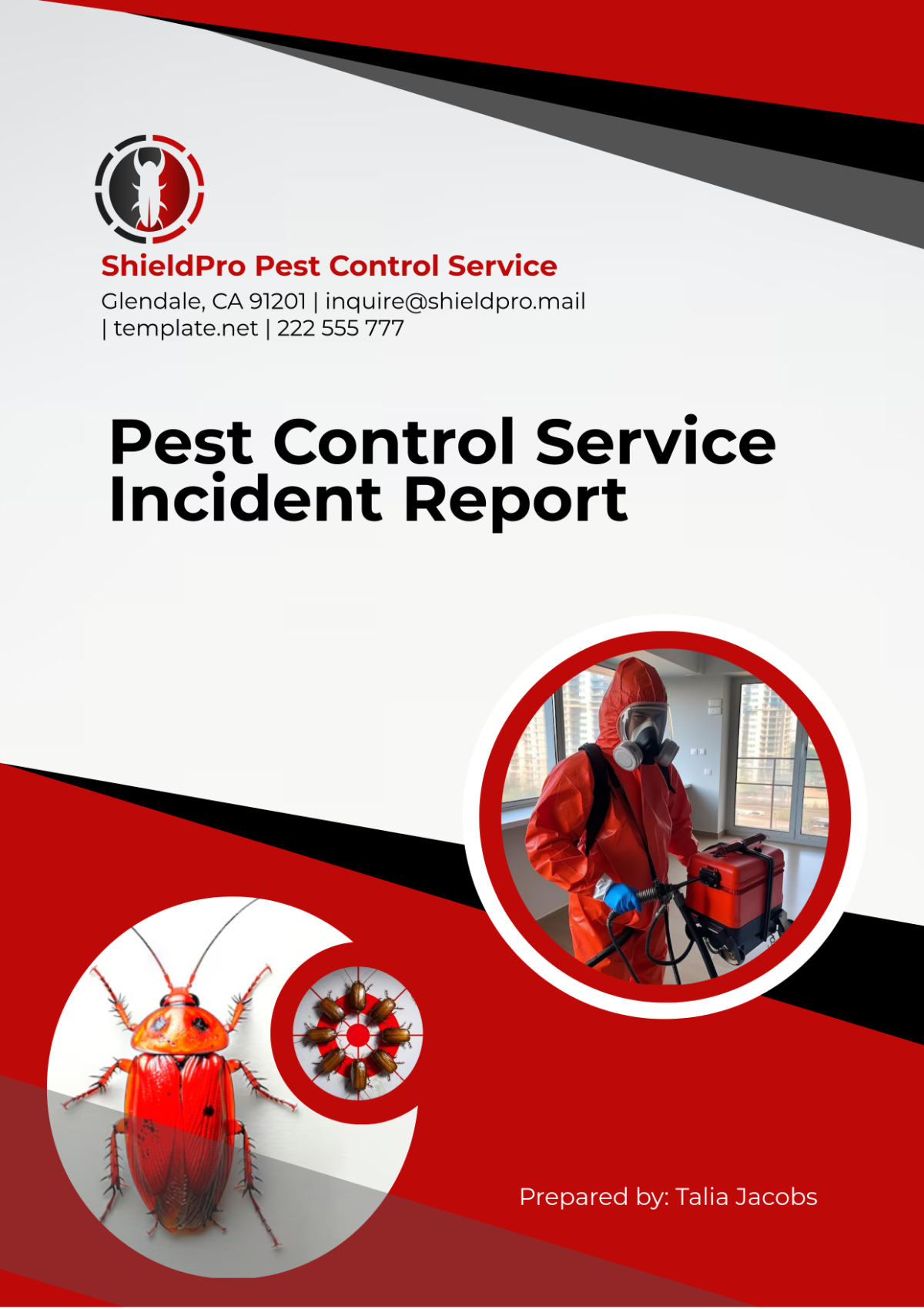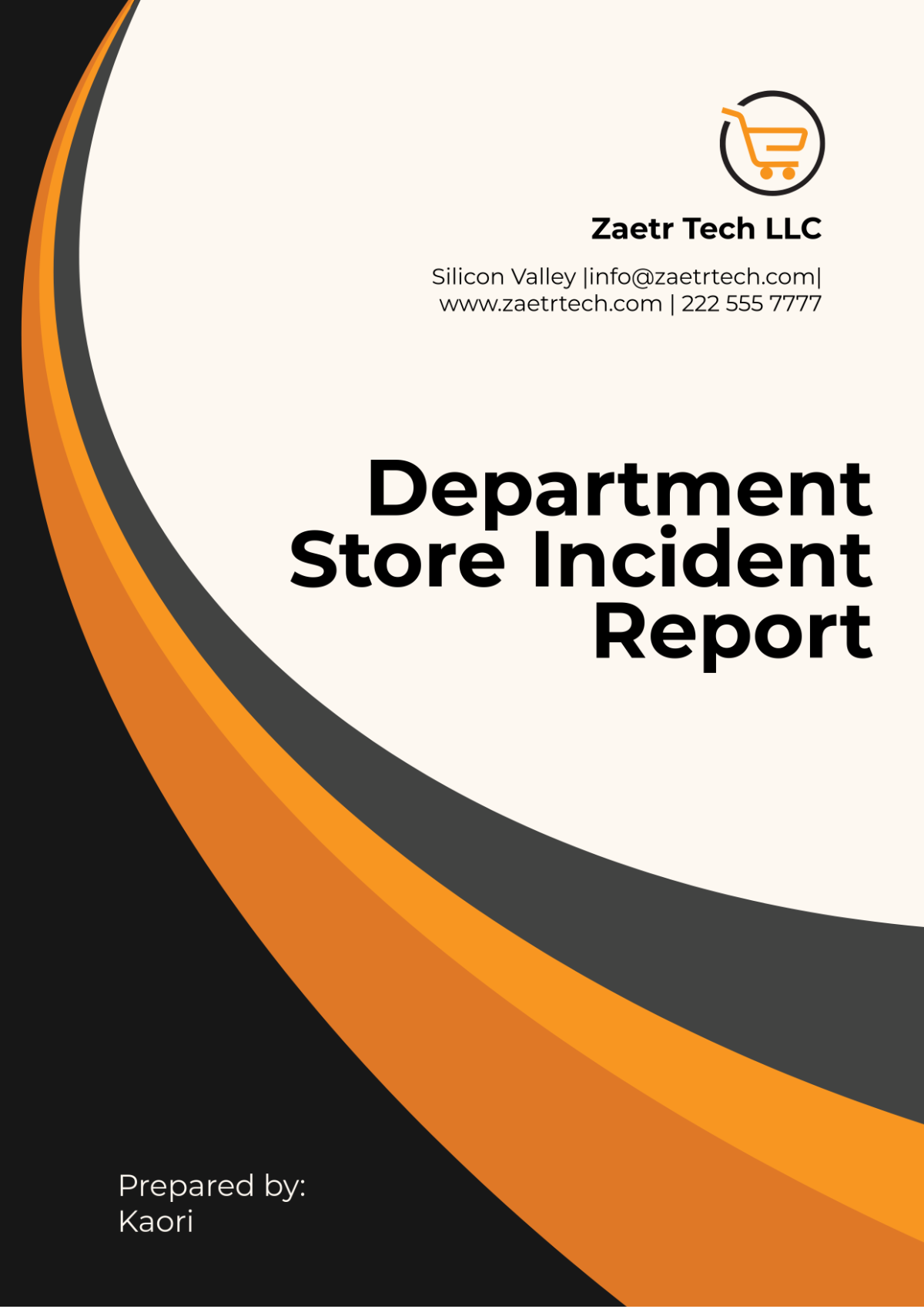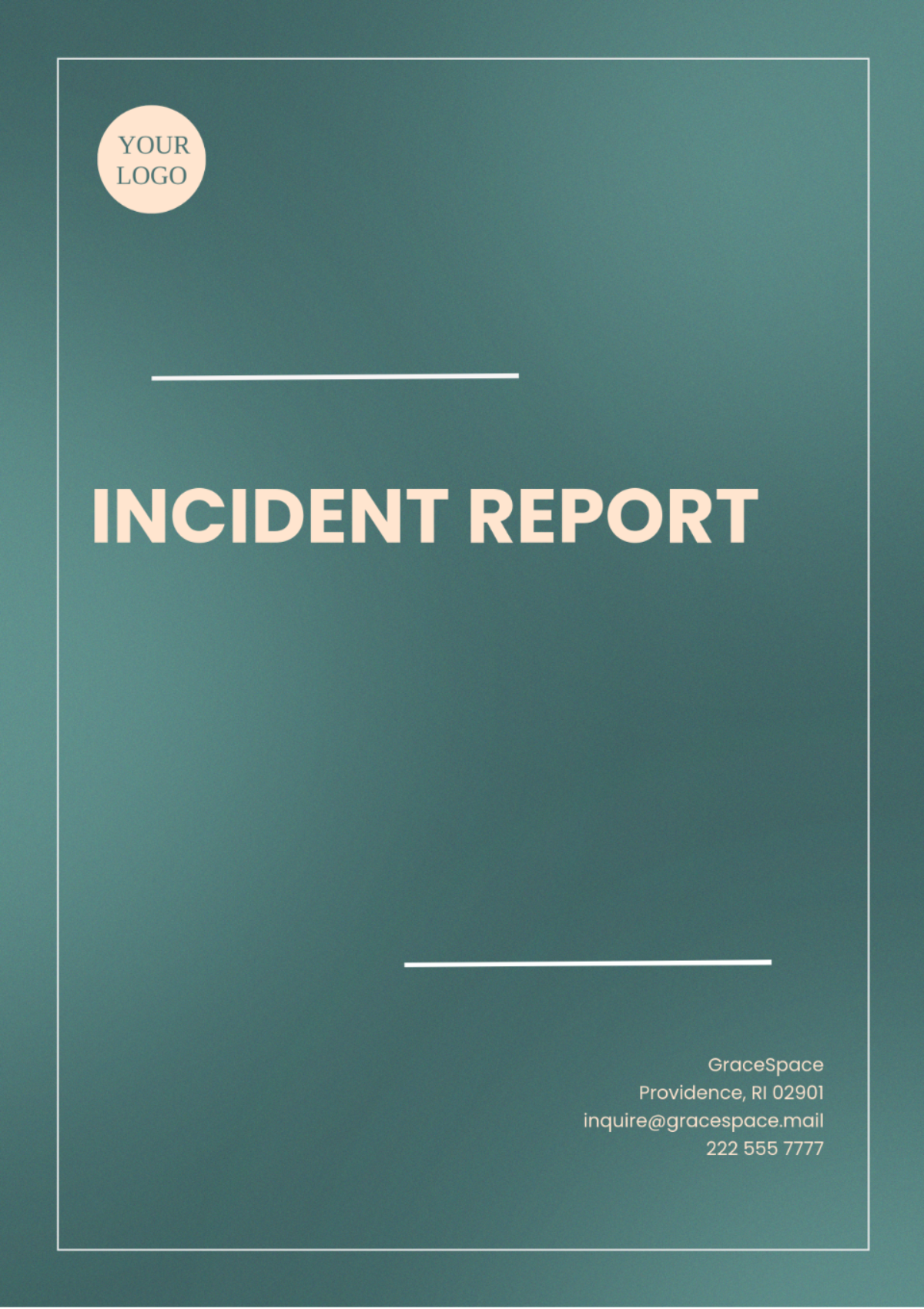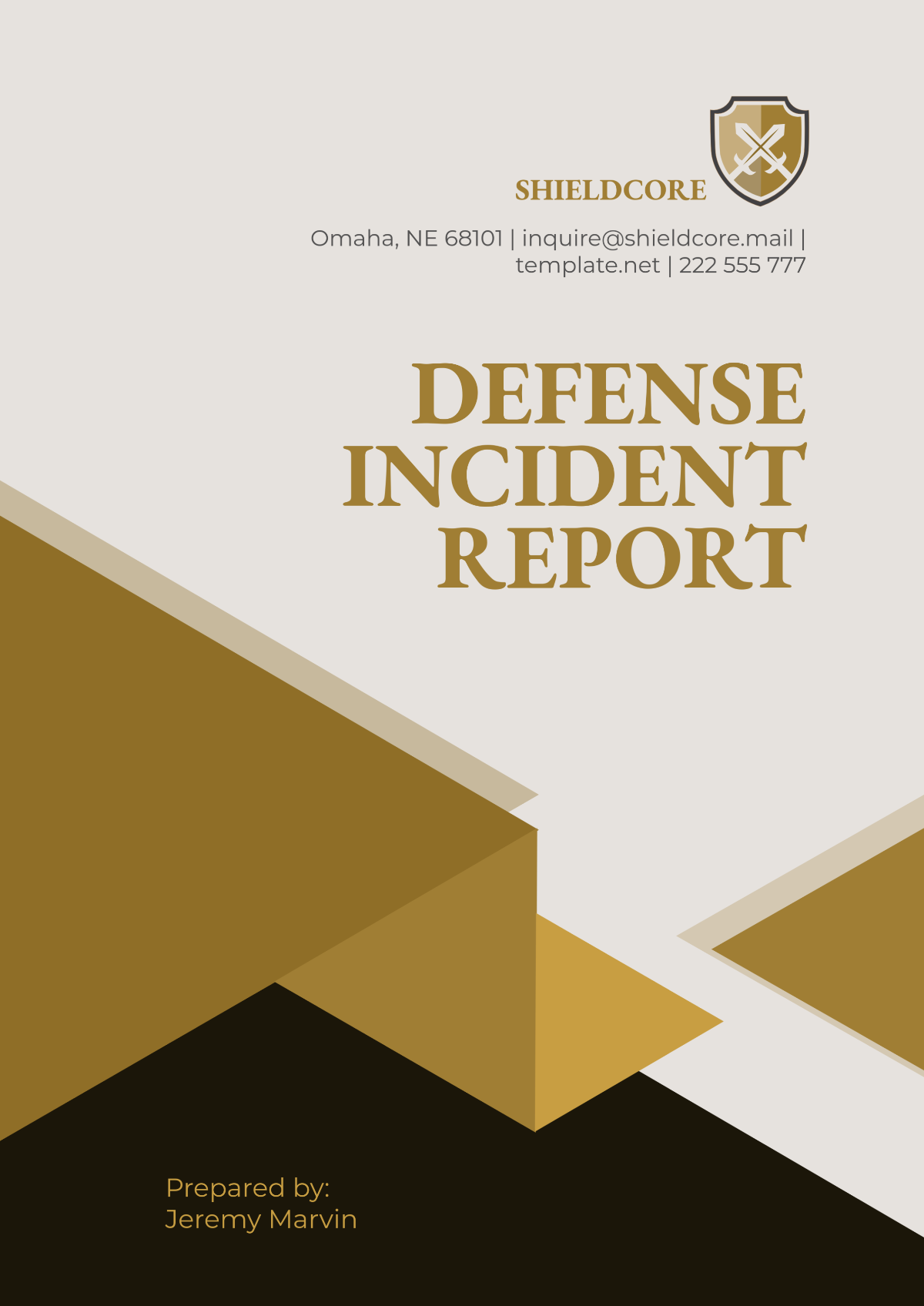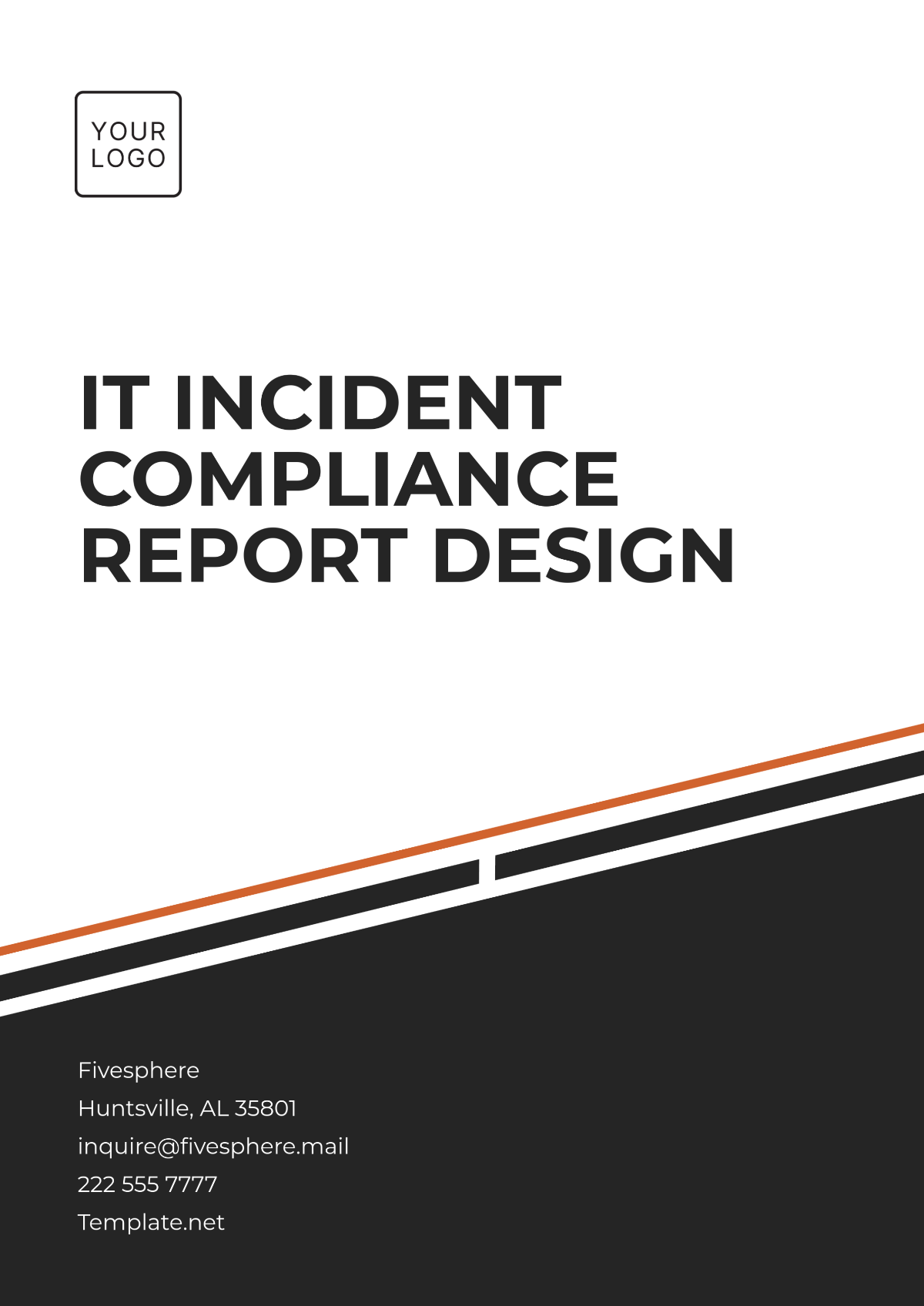Incident Report for Equipment Failure
I. Overview of the Incident
1. Incident Summary
On October 3, 2050, at 10:15 AM, a critical failure occurred in our primary cooling system located in the tech facility. The incident caused an immediate shutdown of all server operations in the affected unit.
2. Location and Time of Incident
The incident took place in Server Room 3, Tech Facility B. The initial failure was detected by the monitoring system at precisely 10:15 AM, and the shutdown followed within three minutes.
II. Initial Response
1. Notifications
Upon detection, the monitoring system immediately notified:
Maintenance Team
IT Department
Facility Management
2. Action Taken
The Maintenance Team arrived on-site at 10:25 AM. They initiated a safety protocol to secure the area and prevent further damage. The IT Department started assessing the impact on the servers and attempted a soft reboot.
III. Analysis of the Incident
1. Cause of Failure
Preliminary analysis indicates that the cooling system failure was due to a ruptured coolant pipe. An internal inspection further confirmed that the pipe had not been replaced since the last scheduled maintenance.
2. Impact Assessment
The following table summarizes the key impacts of the incident:
Impact Area | Description | Severity |
|---|---|---|
Server Downtime | Servers were offline for 50 minutes | High |
Data Integrity | No data loss was reported | Low |
Repair Costs | Estimated at $15,000 | Medium |
IV. Conclusion and Recommendations
1. Conclusion
The immediate cause of the incident was identified as a ruptured coolant pipe, which highlights the need for more rigorous maintenance schedules. Immediate actions were taken to restore operations and minimize downtime.
2. Recommendations
Conduct a full audit of all cooling systems
Implement a more frequent maintenance schedule
Install additional monitoring sensors for early detection of faults
Train staff on emergency response protocols
By following these recommendations, we can mitigate the risk of similar failures in the future and ensure uninterrupted server operations.
